Treatment GuideJust DiagnosedSex & DatingAfrican AmericanStigmaAsk the HIV DocPrEP En EspañolNewsVoicesPrint IssueVideoOut 100
CONTACTCAREER OPPORTUNITIESADVERTISE WITH USPRIVACY POLICYPRIVACY PREFERENCESTERMS OF USELEGAL NOTICE
© 2025 Pride Publishing Inc.
All Rights reserved
All Rights reserved
Scroll To Top




















































By continuing to use our site, you agree to our Private Policy and Terms of Use.
The 50 Most Dangerous Drugs
While overdose deaths from prescription opioids have nearly quadrupled since 1999, some of the most dangerous drugs don’t require a prescription.
Using data from the Food and Drug Administration for 2004 through 2015, HealthGrove looked at the 150 drugs that are involved in the highest number of adverse reactions and ranked them by the percent of these reactions classified as serious. For many of these reactions, the FDA database uses medical terminology, such as pyrexia and dyspnoea for fever and labored breathing, respectively.
The top 50 drugs with the most serious adverse reactions are considered the most dangerous. Though most on the list require a prescription and treat serious diseases, those like Advil and acetaminophen don’t.
It’s important to note that these medicines may not be inherently dangerous, but improper dosage, combining medicines or taking them with substances like alcohol can dramatically increase risk.
One-third of Americans say they “combine medications when treating multiple symptoms,” according to the National Council on Patient Information, cited in a New York Times report on over-the-counter medicines. The same source also claims that only one in ten people read the labels entirely and one in five admits to using medication more than the label indicates. This creates an environment primed for unintended drug interactions and overdoses.
Additionally, people over 65 years old — those most likely to take multiple drugs for chronic health issues — account for approximately 40 percent of over-the-counter drug usage. This puts this group at greater risk for trouble with these drugs by way of adverse side effects and interactions.
Despite the potential for negative consequences of drug use and misuse, modern pharmaceuticals have greatly contributed to the health and longevity of people around the world. Though many are regarded as safe, as more drugs become available over the counter and prescriptions of others rise, consumer awareness becomes increasingly important.
Note: In the case of ties, the drug with the highest number of total reported reactions is ranked higher.

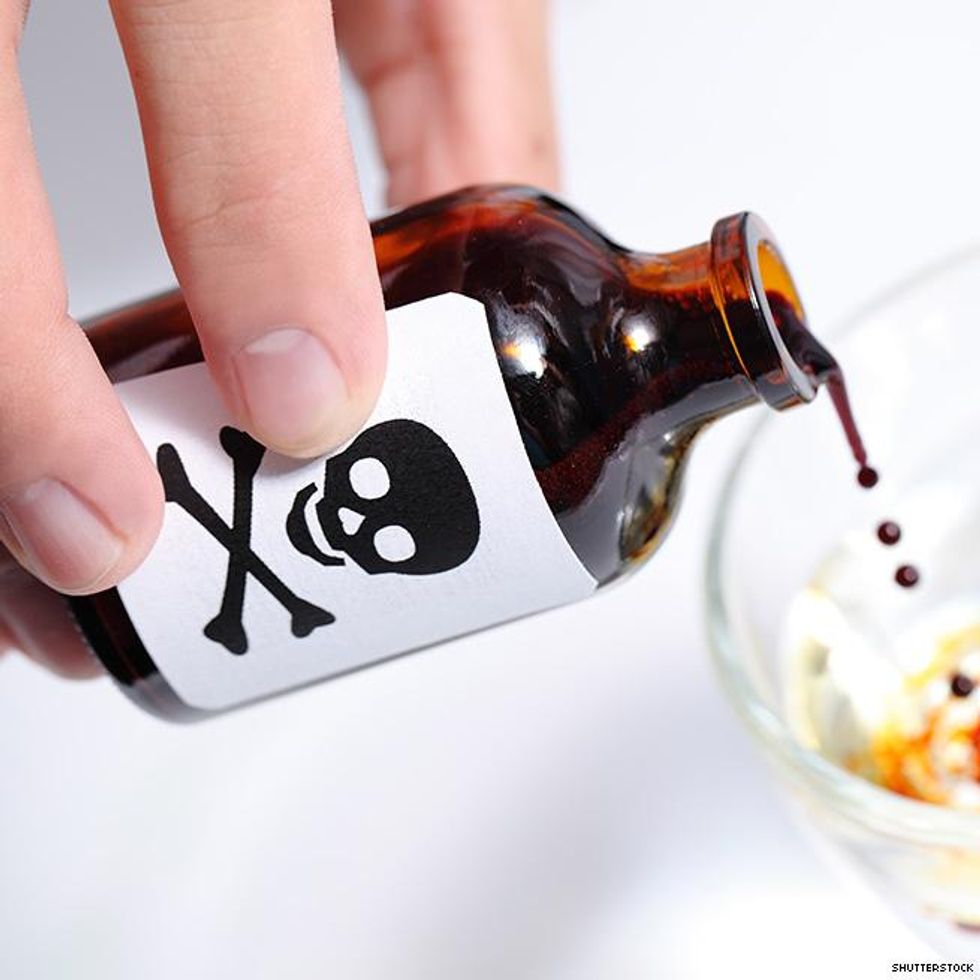
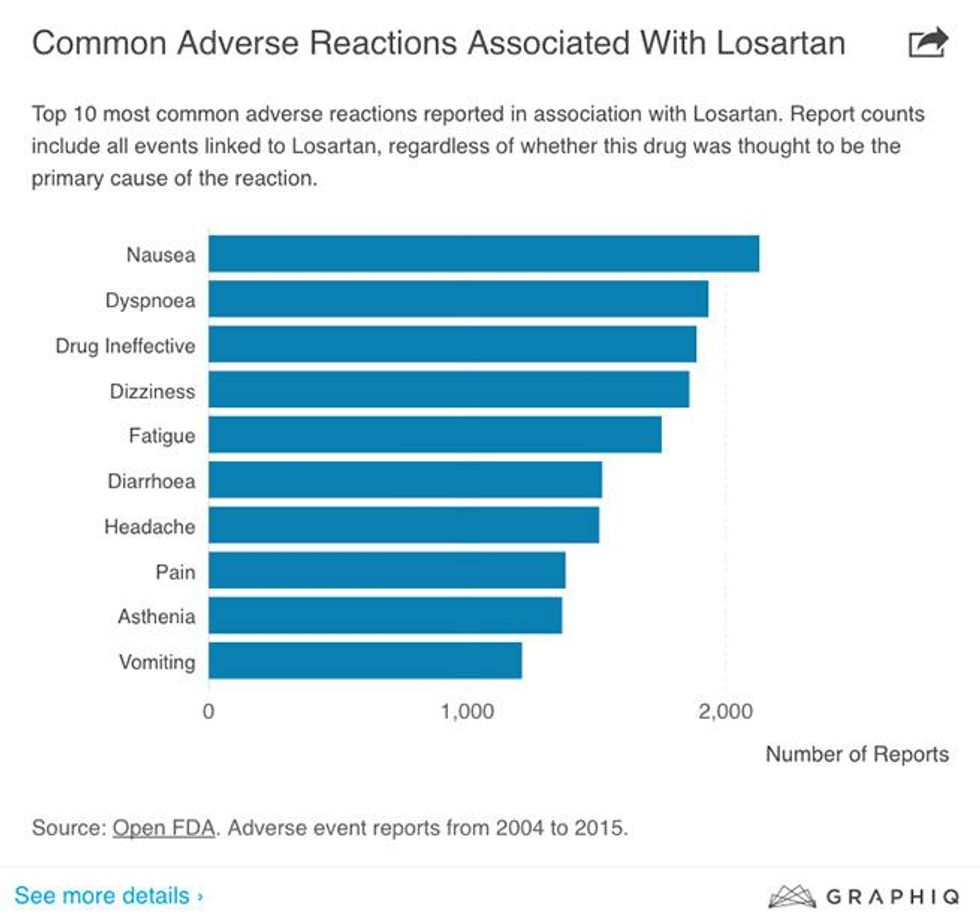
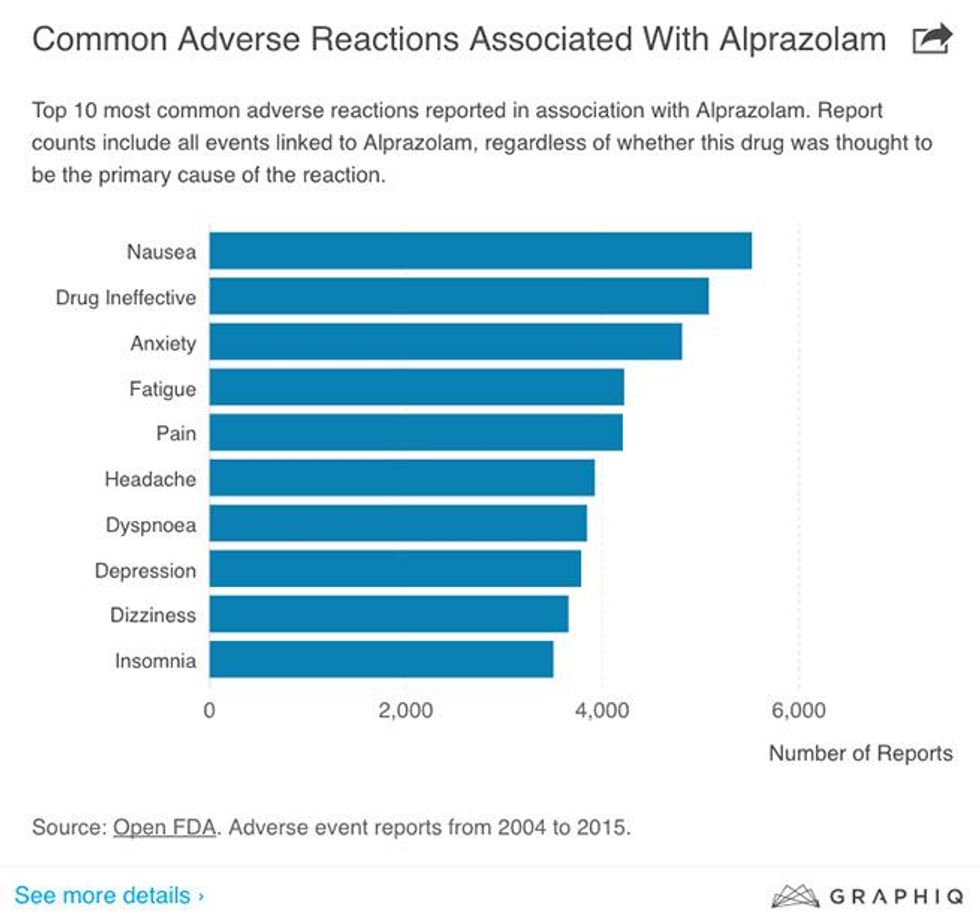
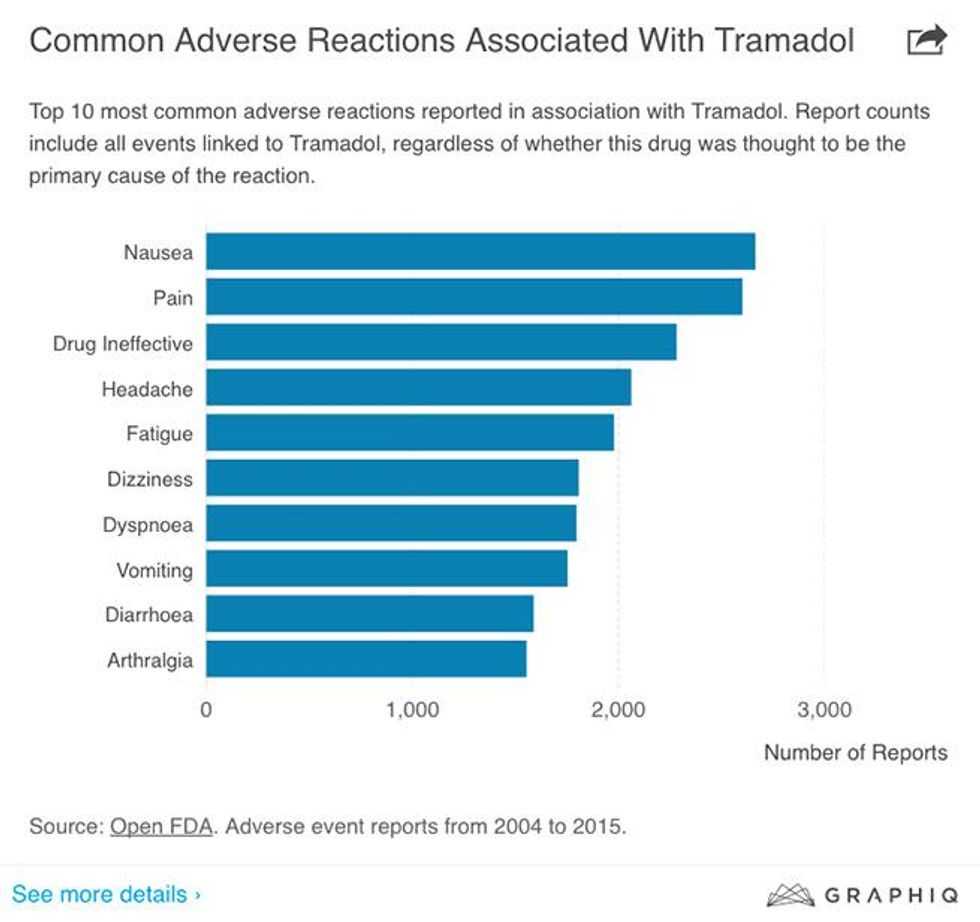
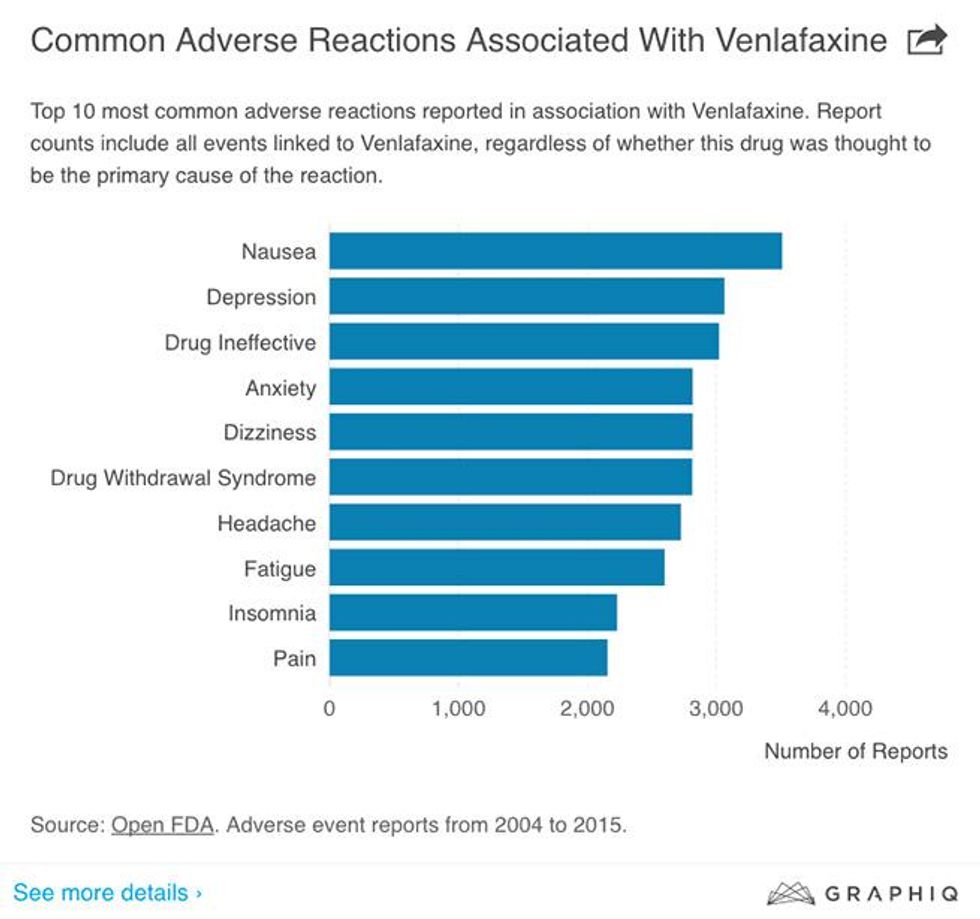
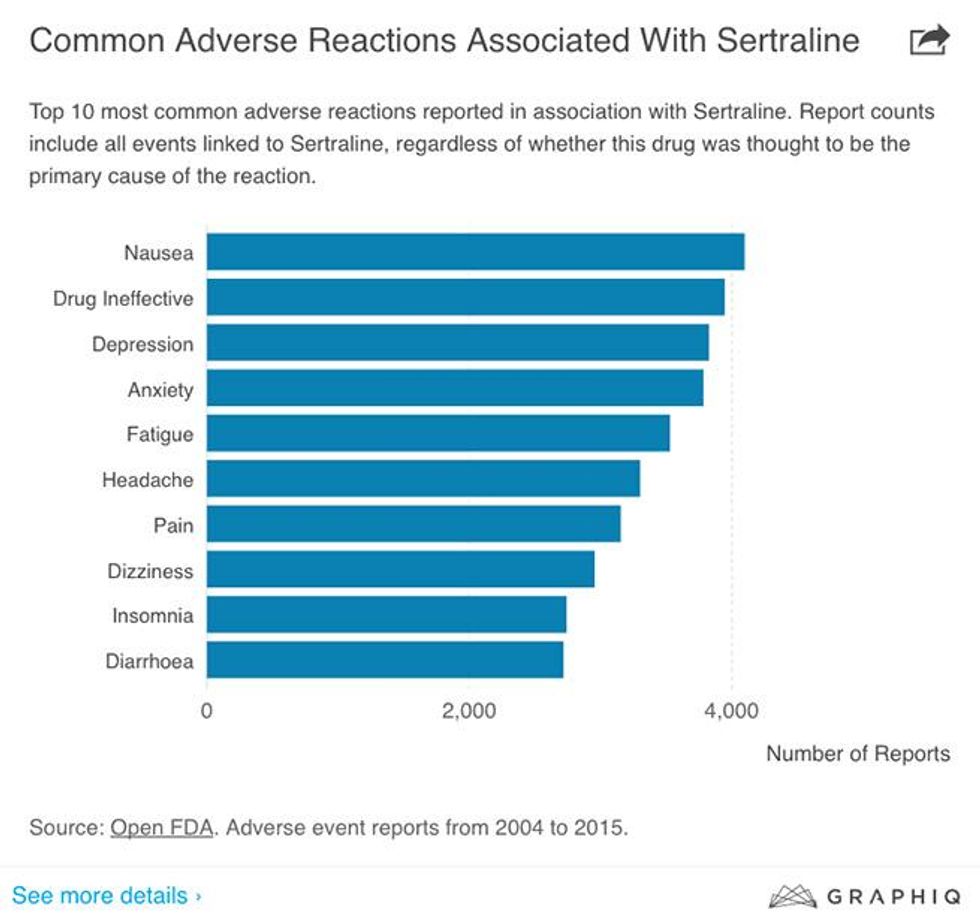
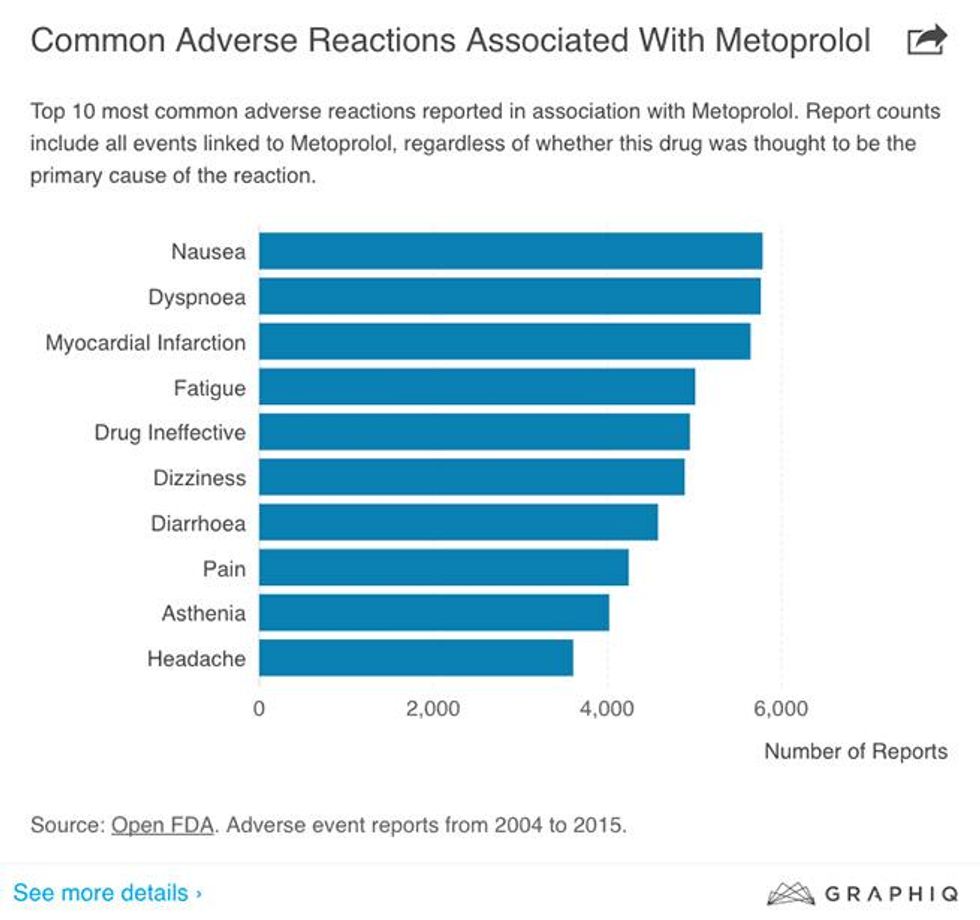
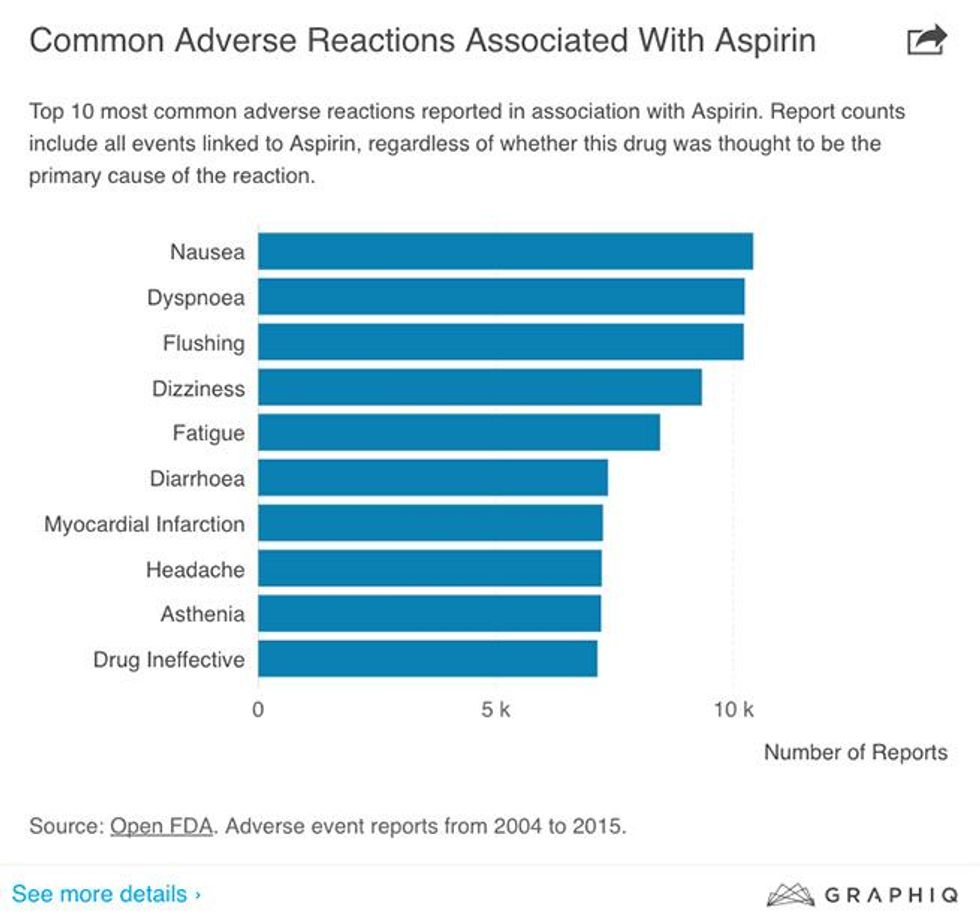
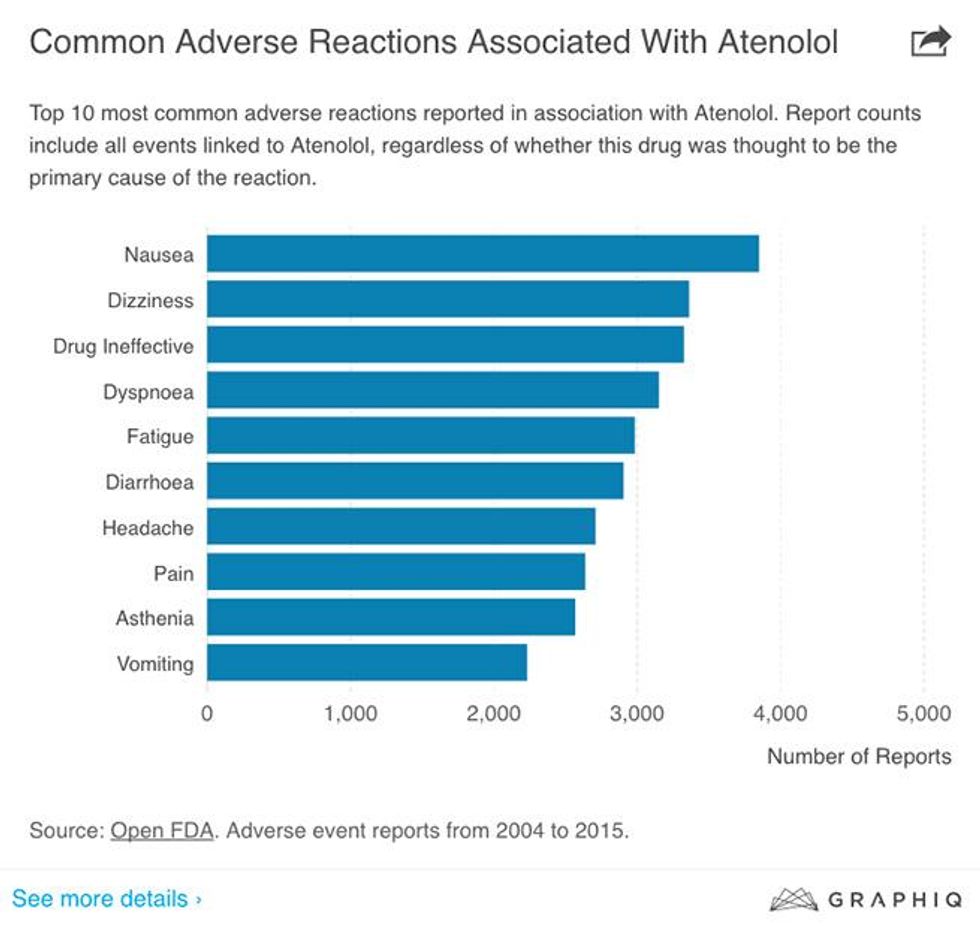
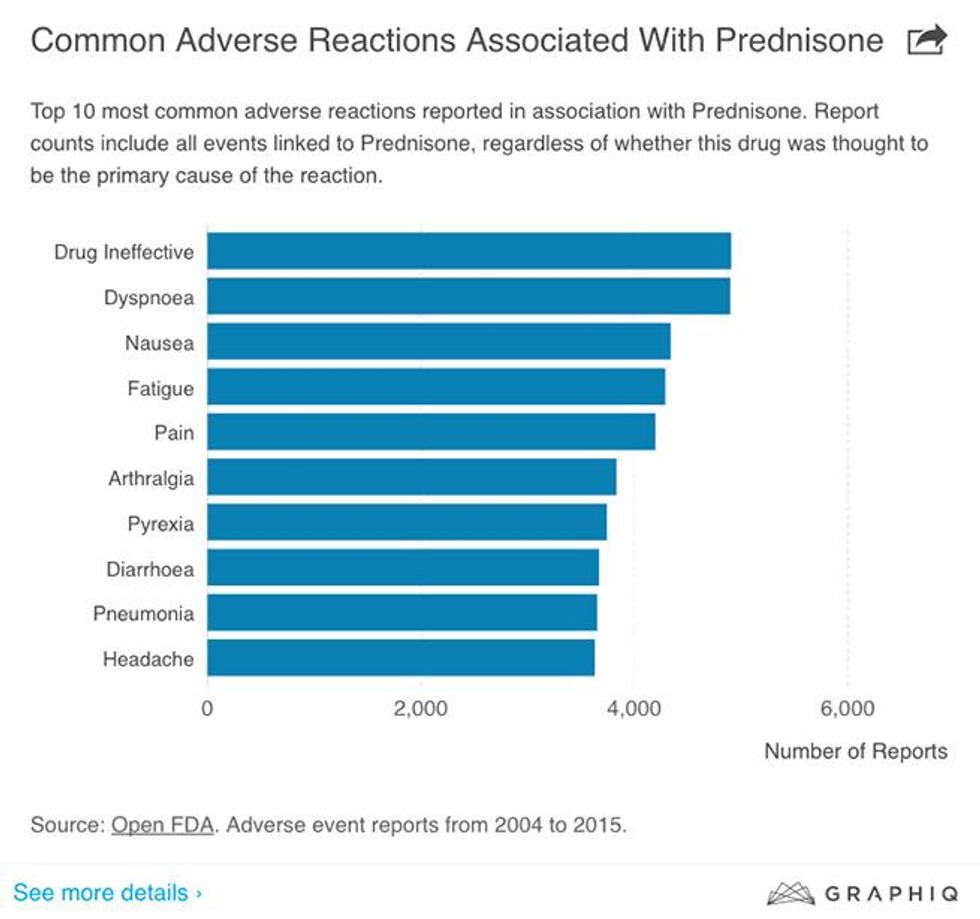
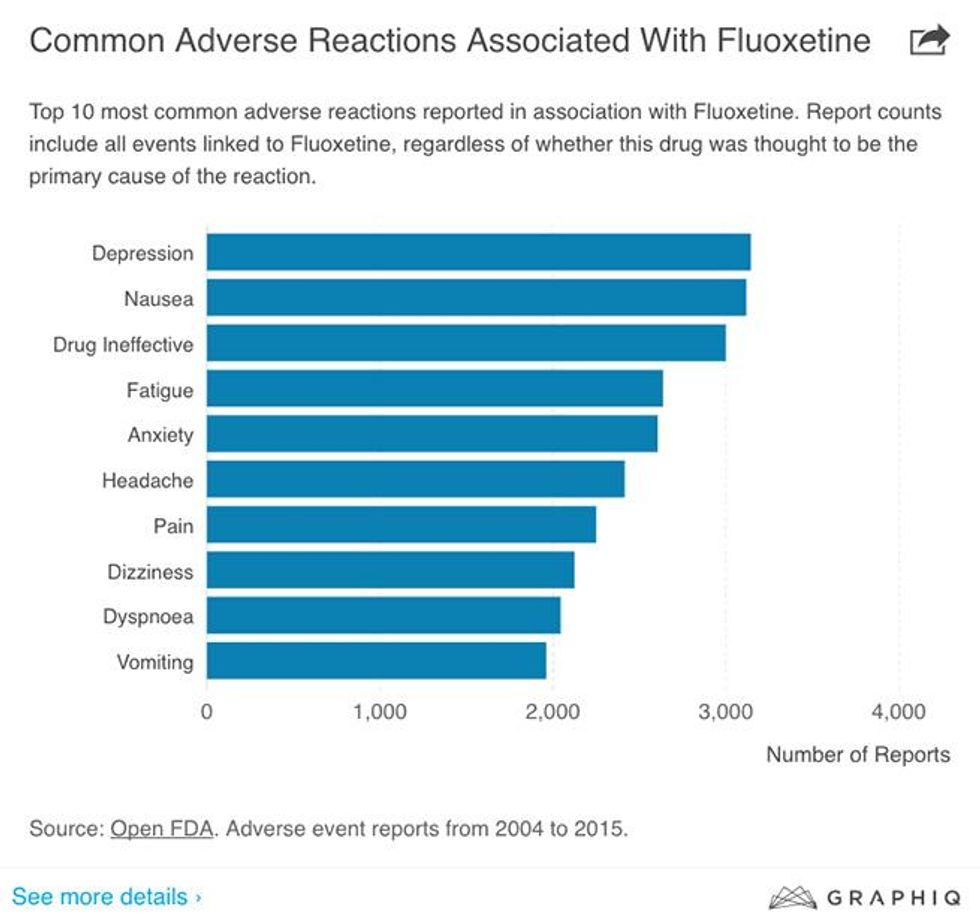
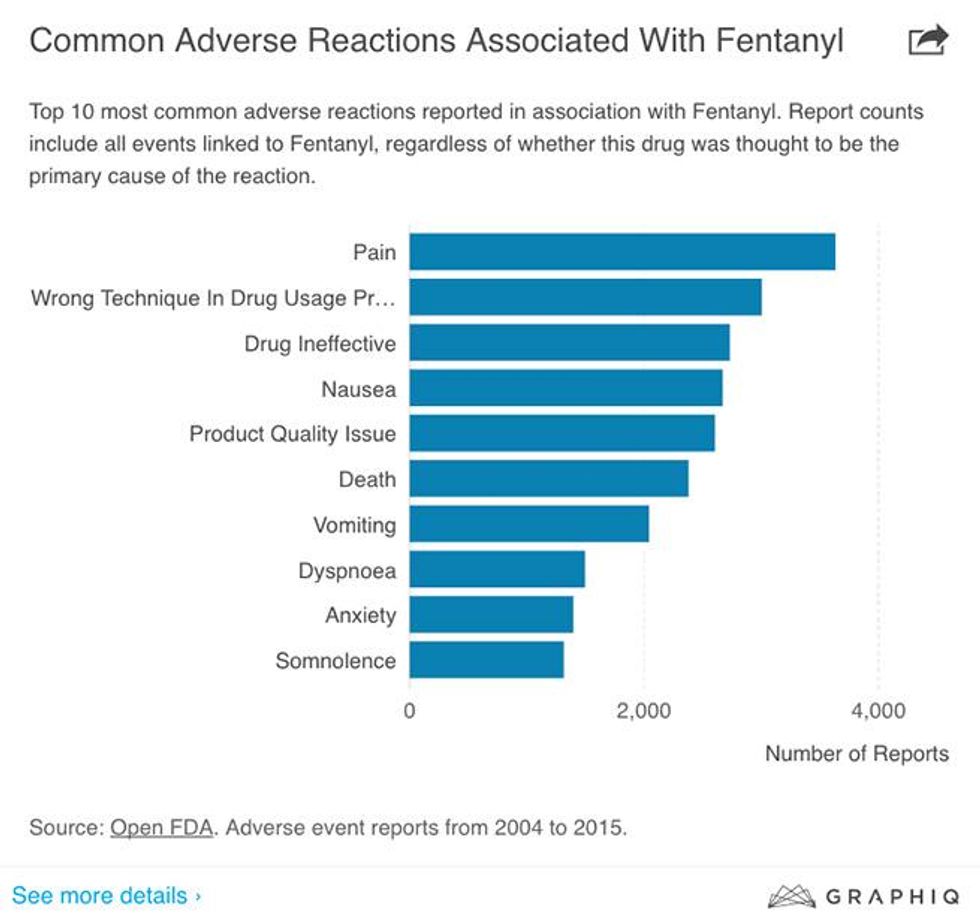
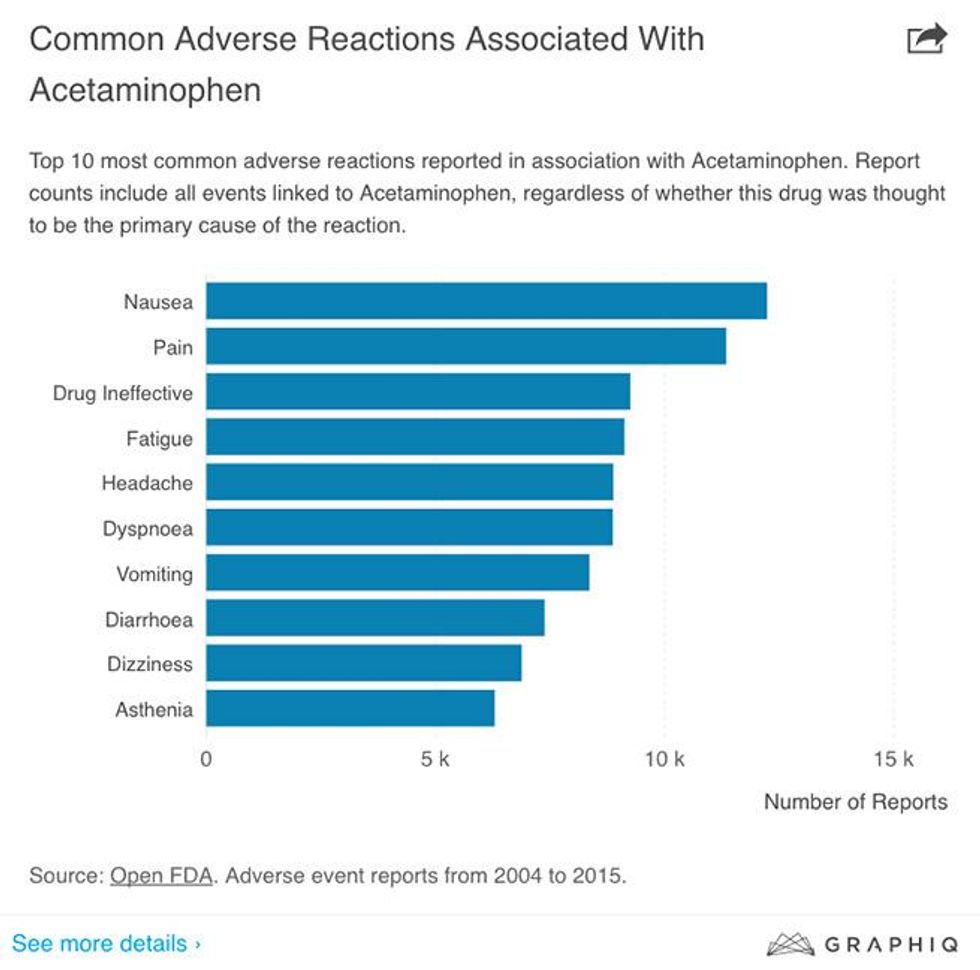
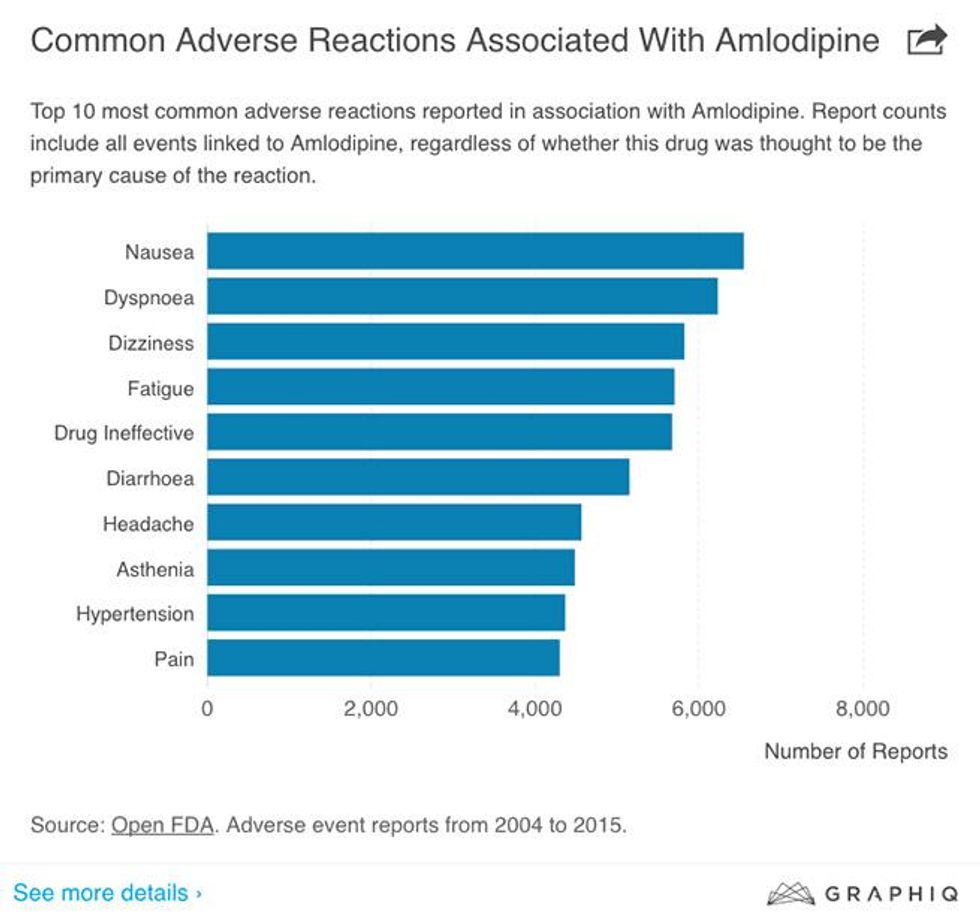
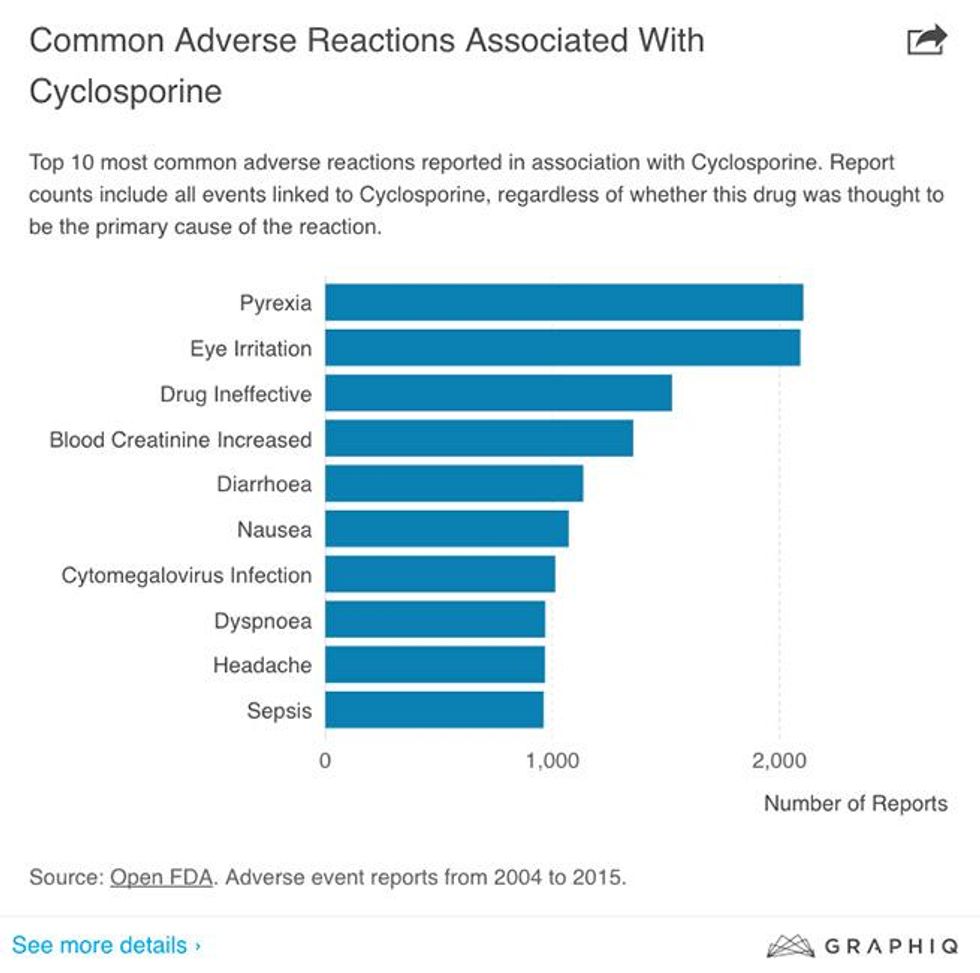
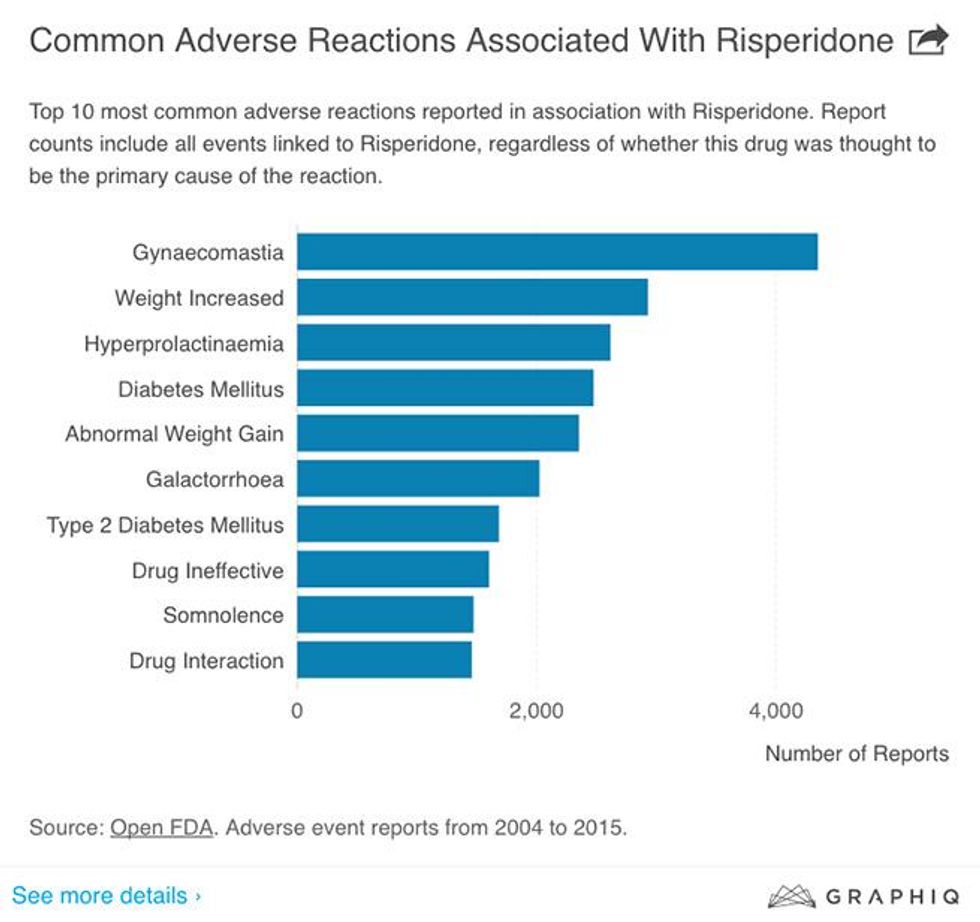
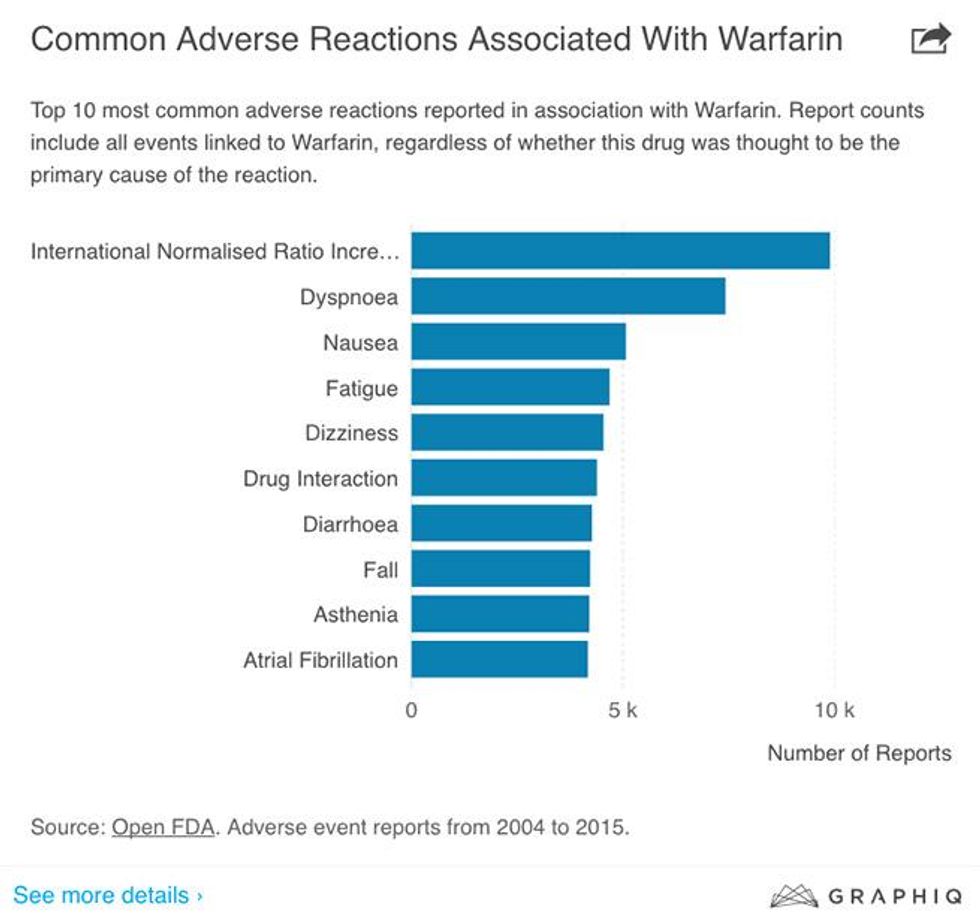
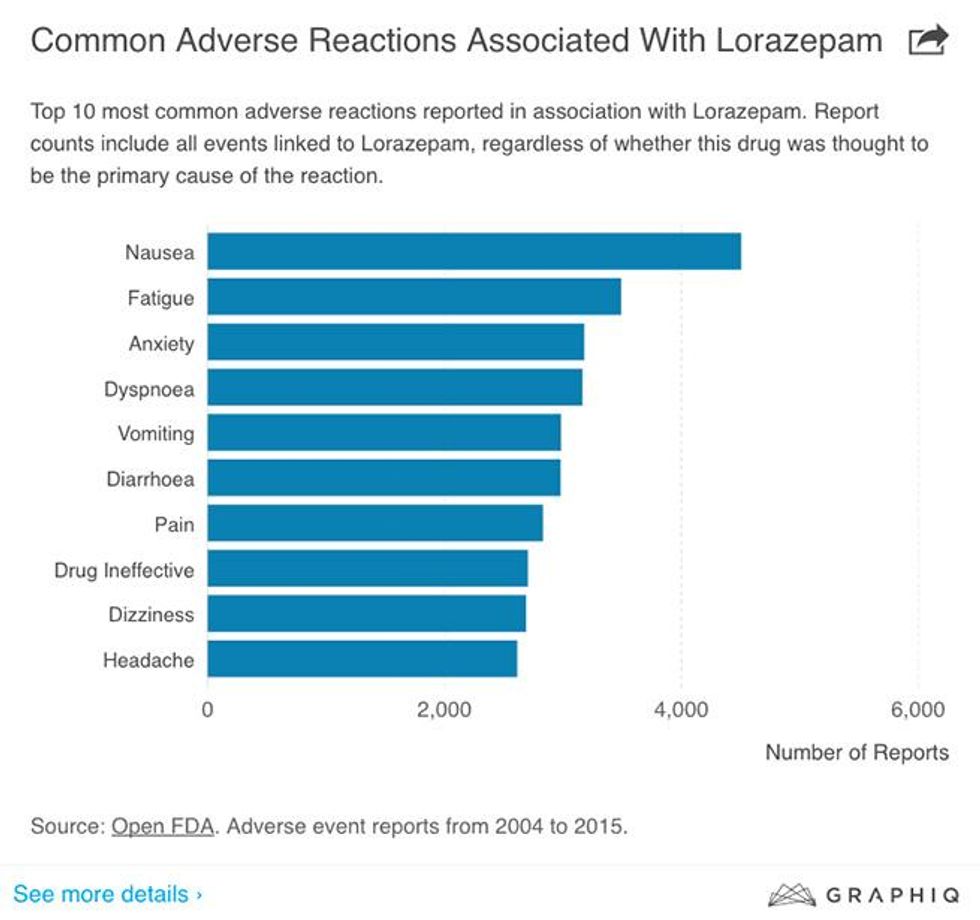
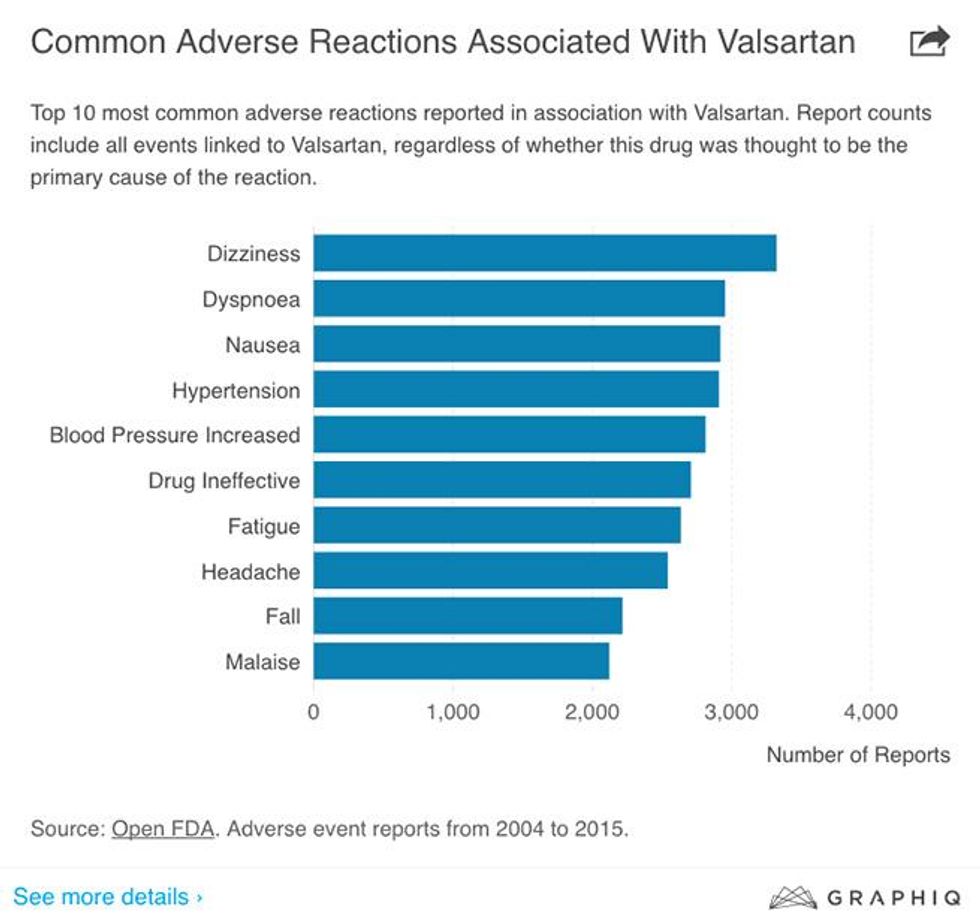
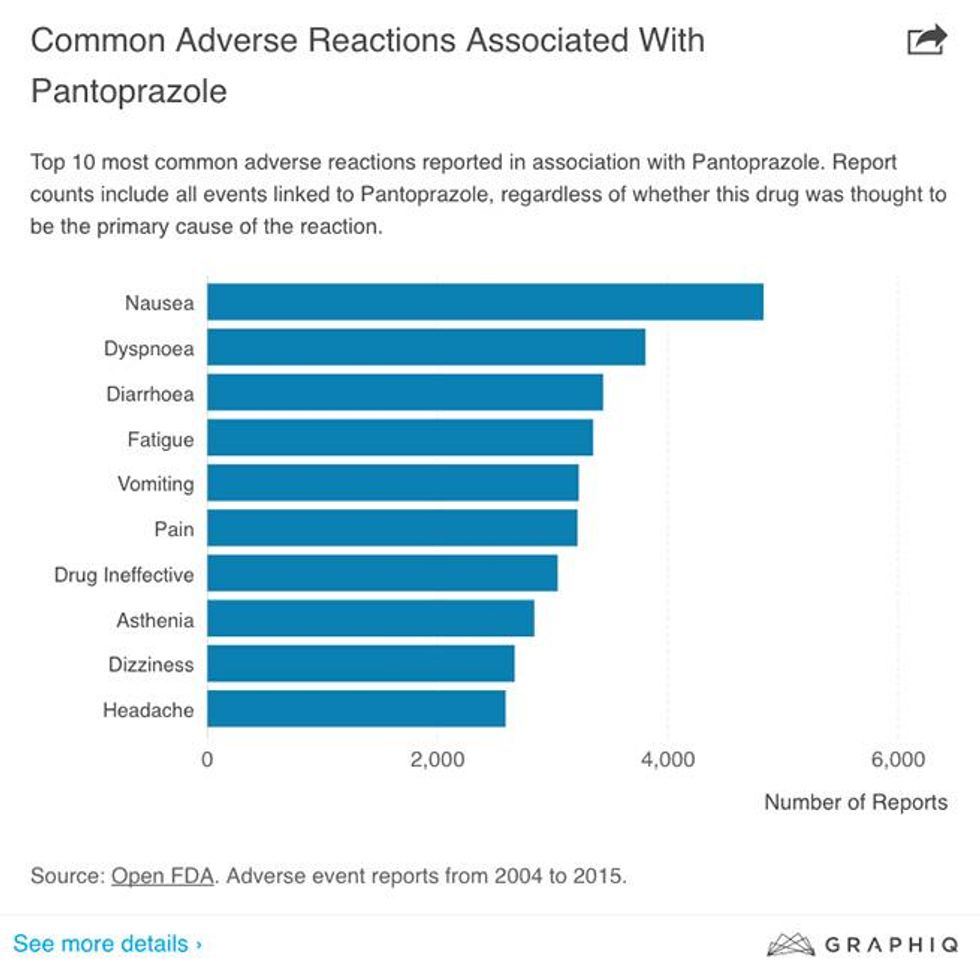
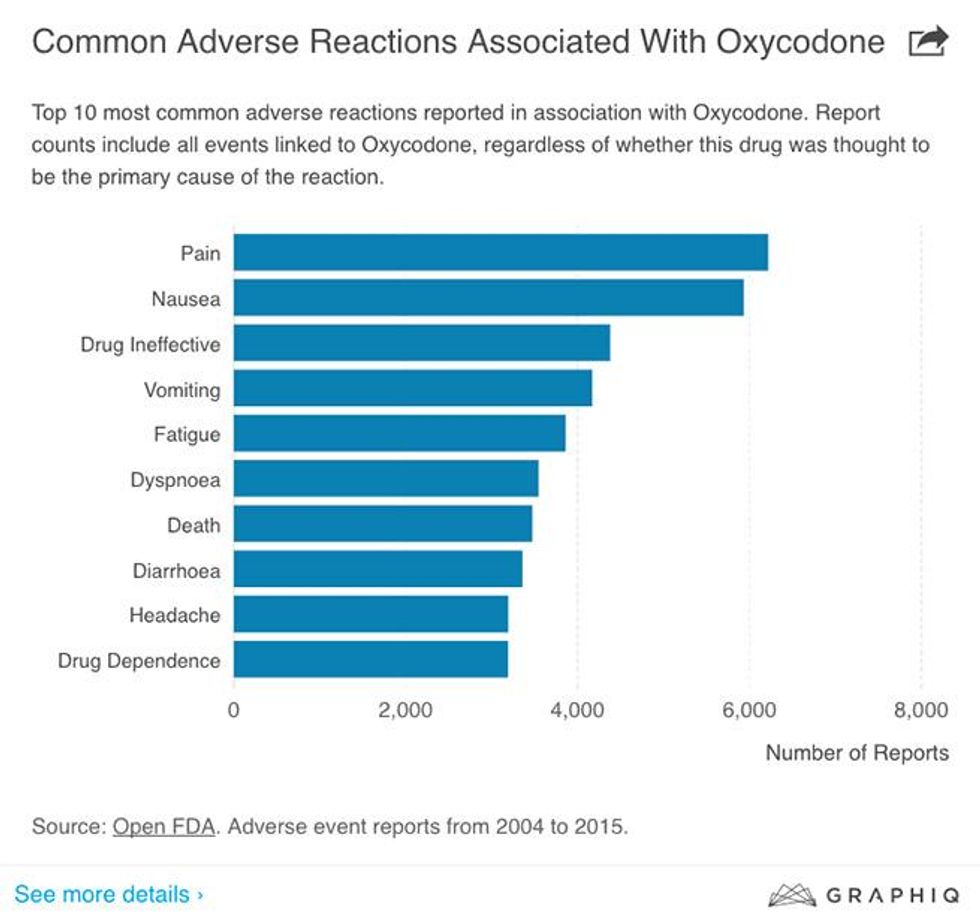
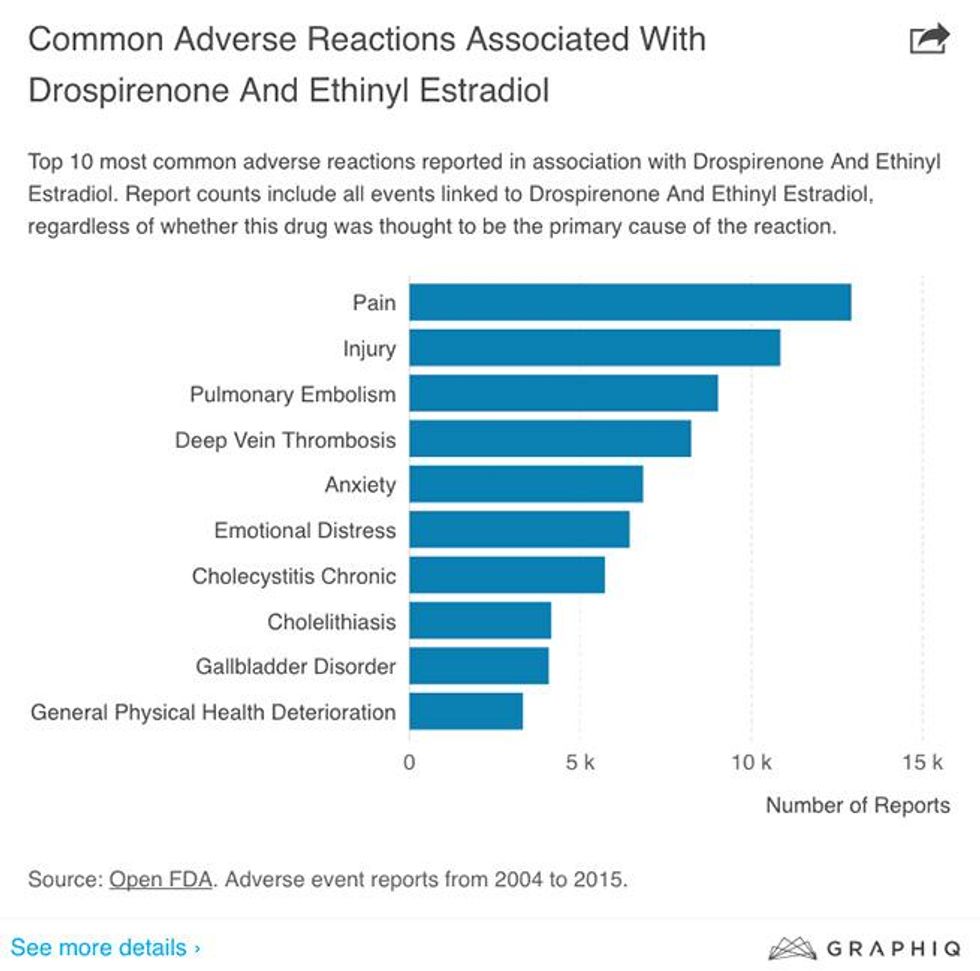
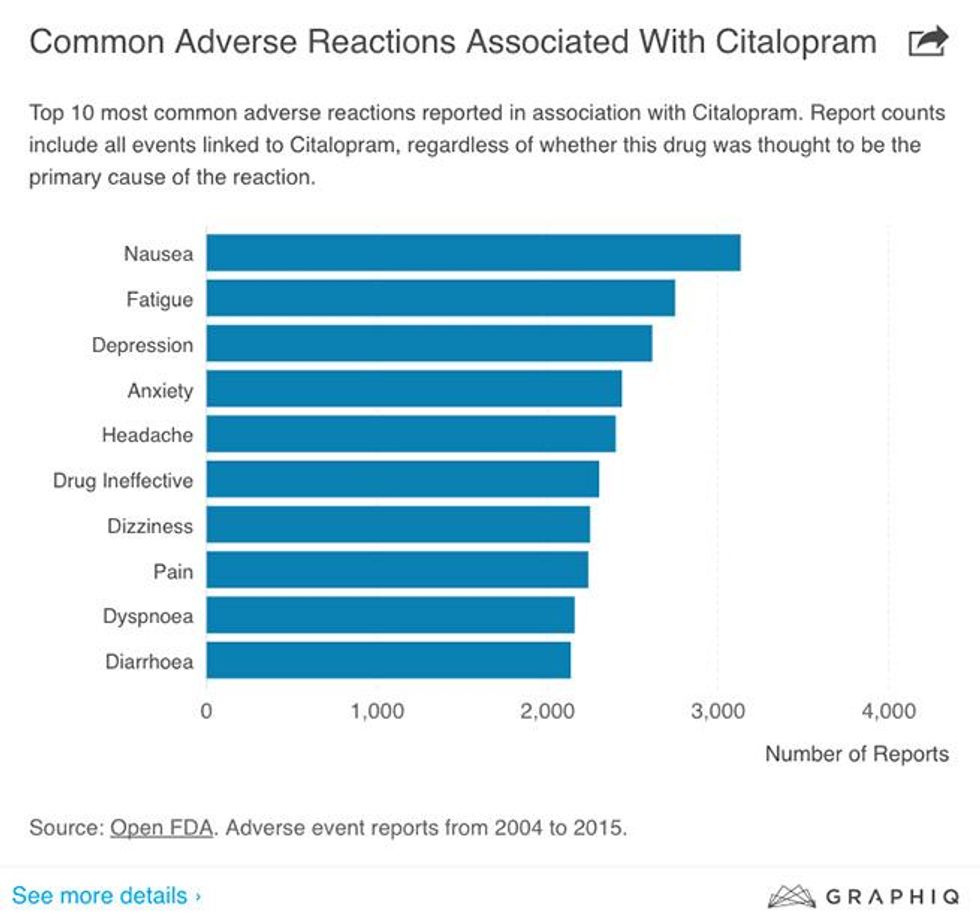
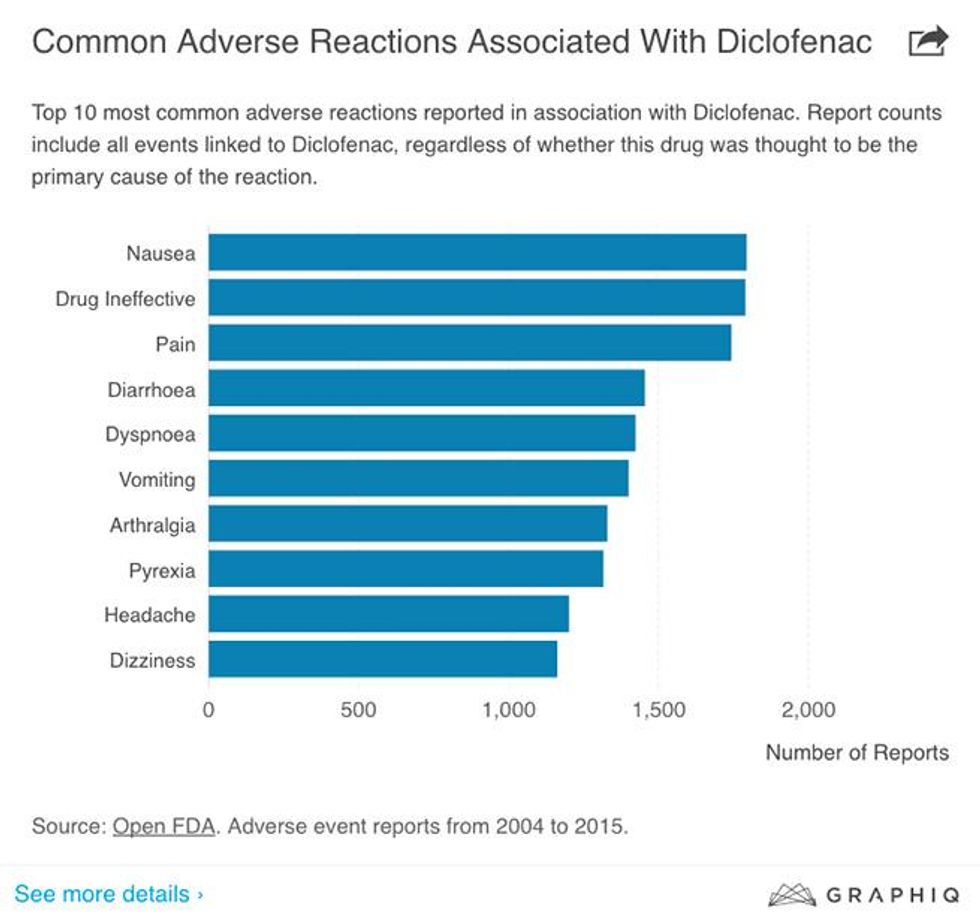
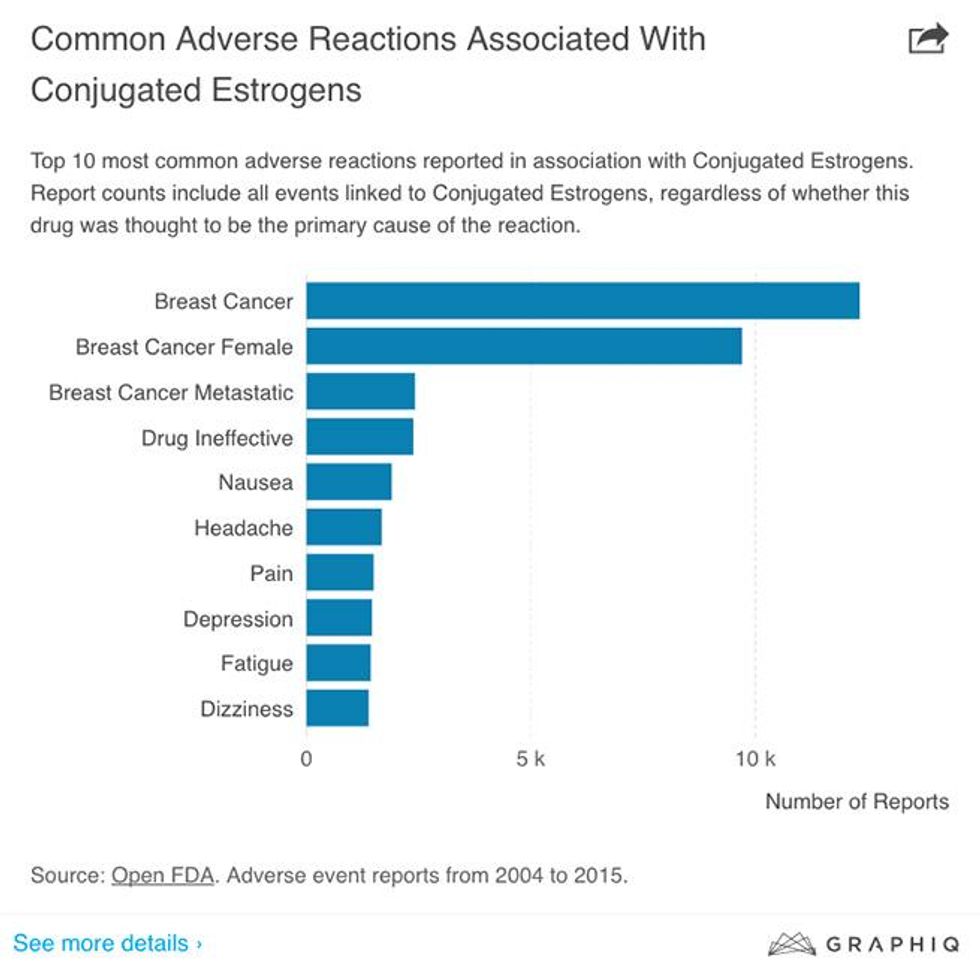
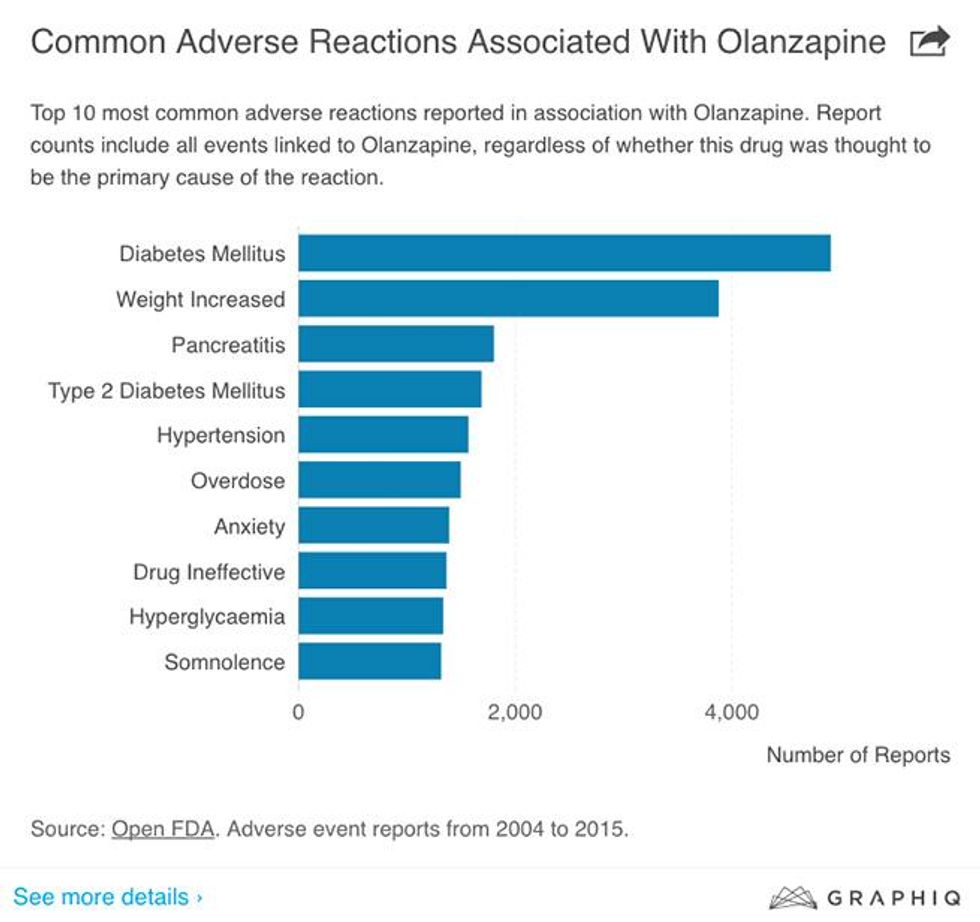
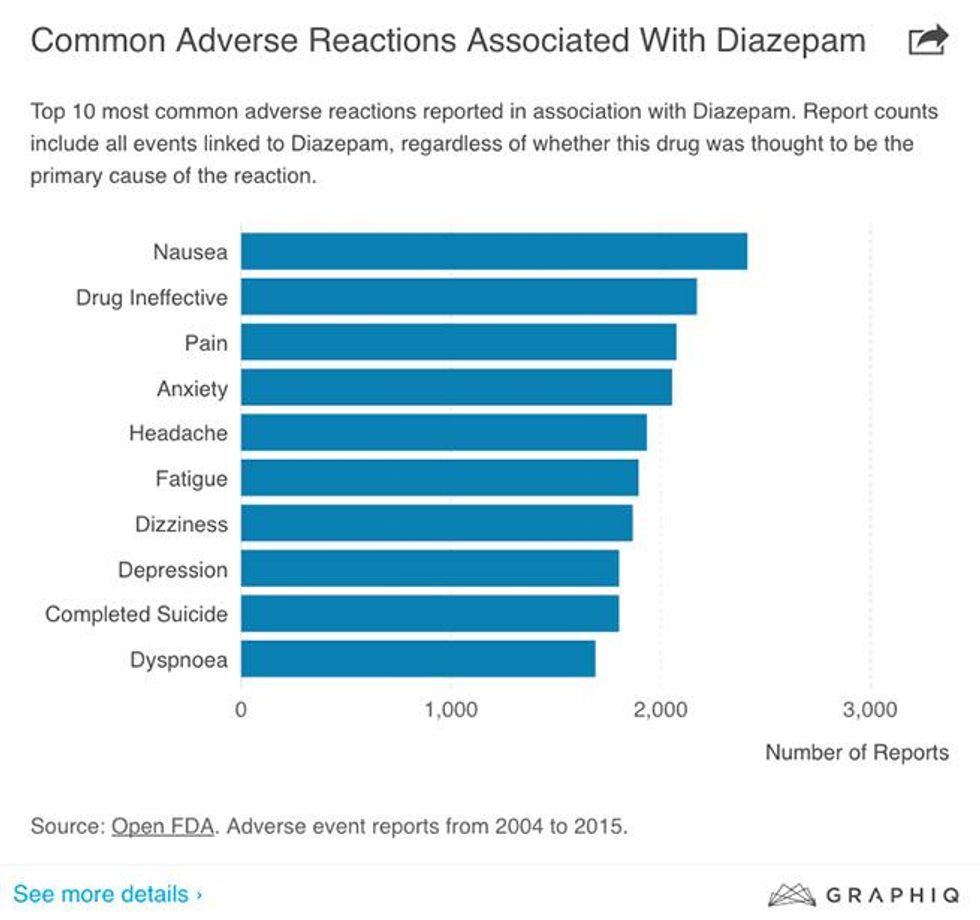
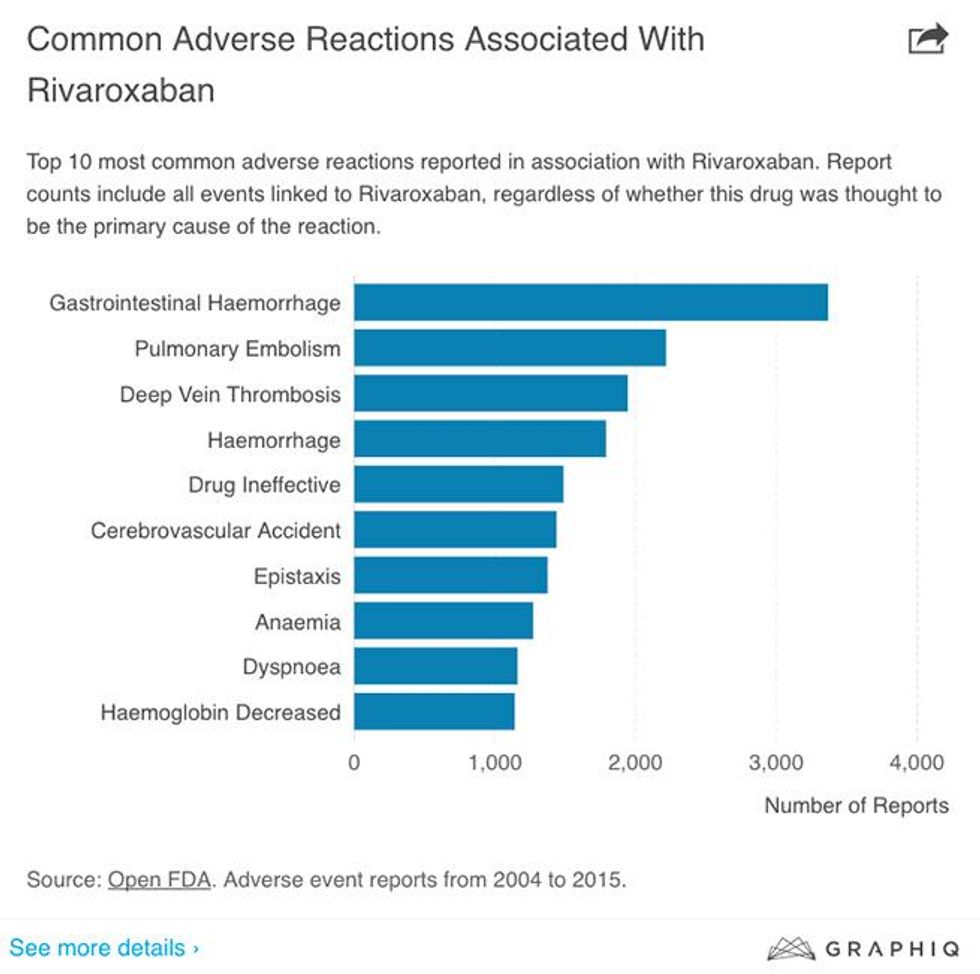
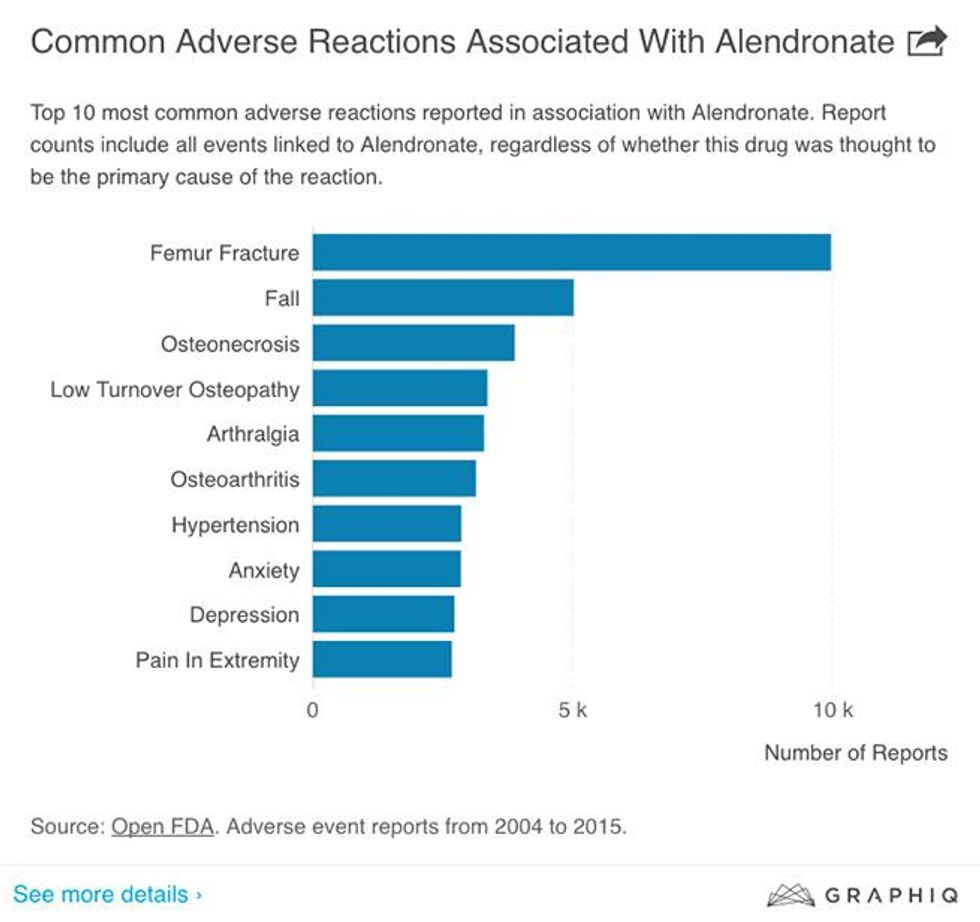
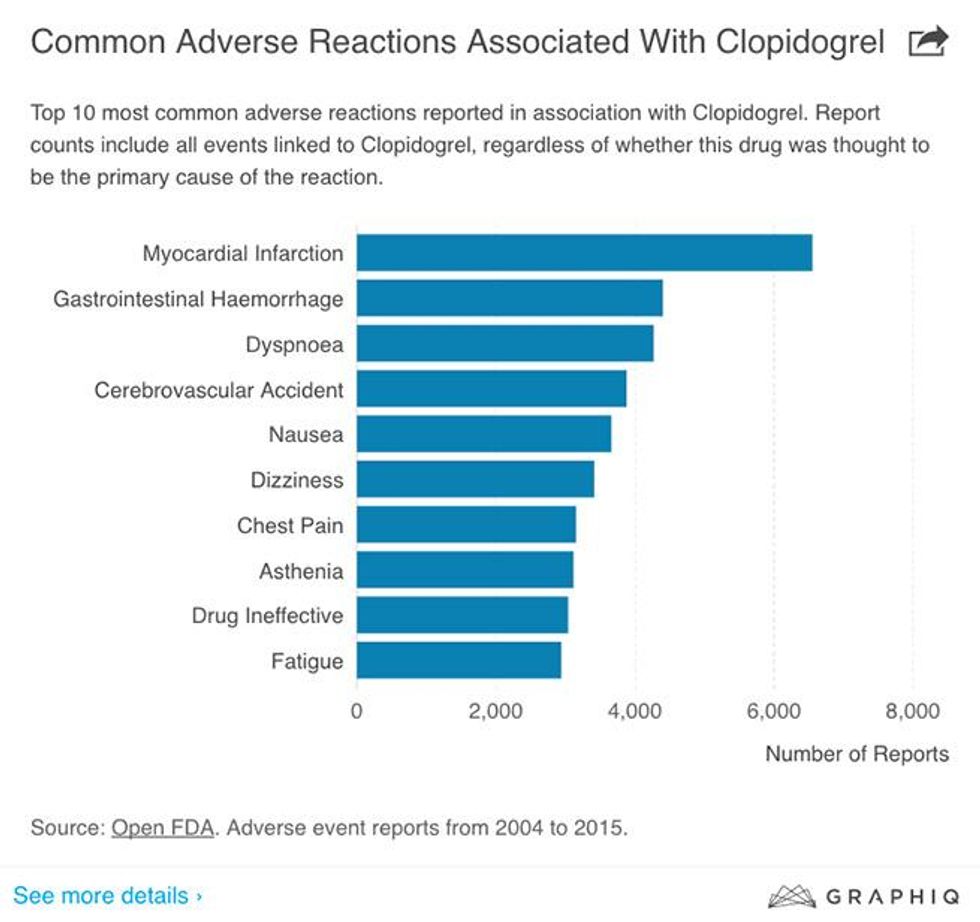
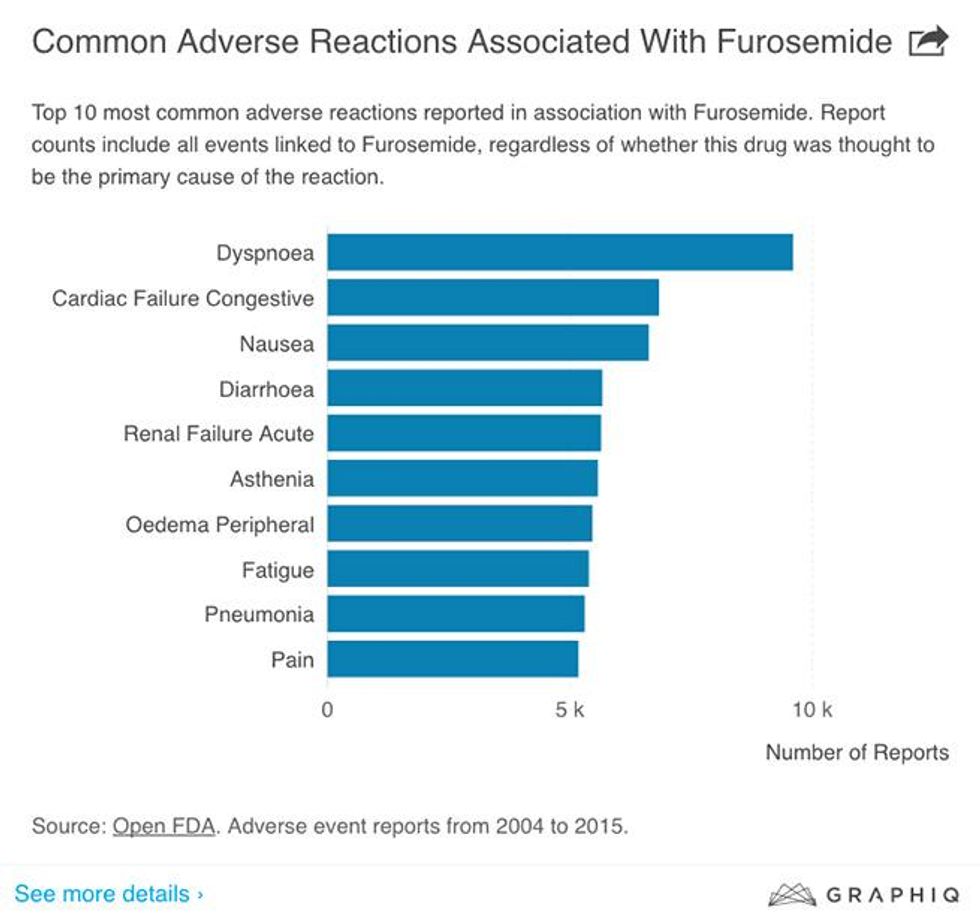
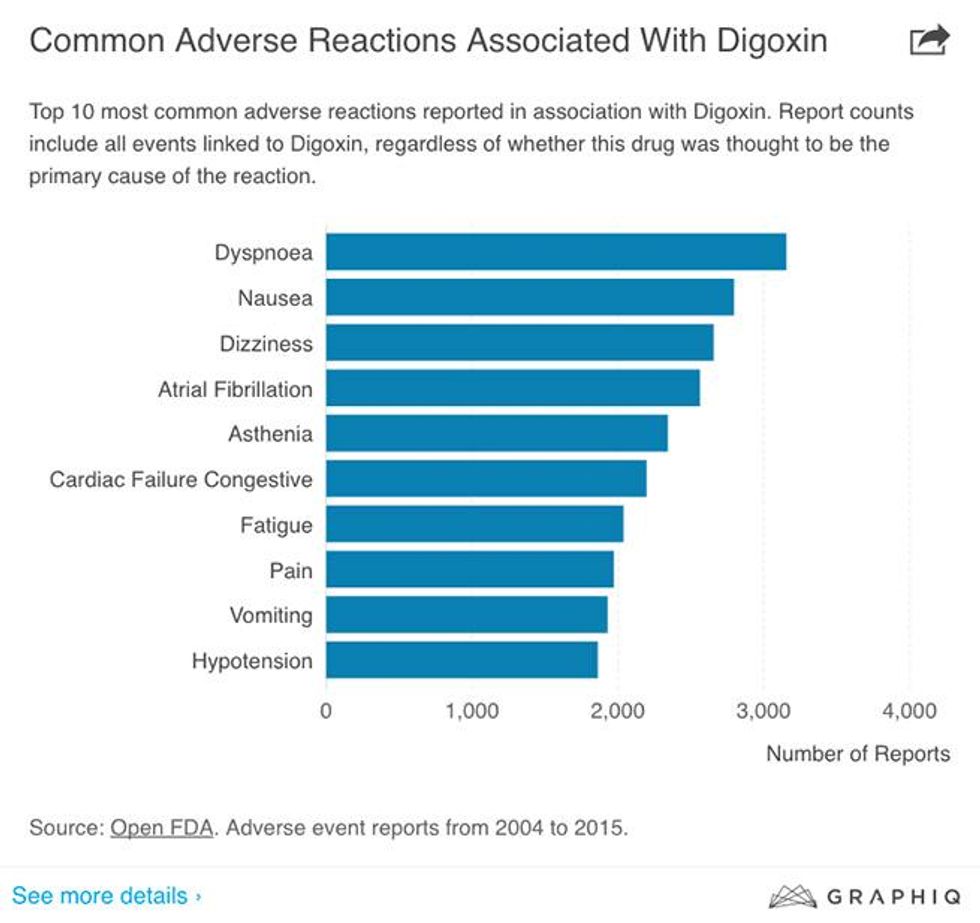
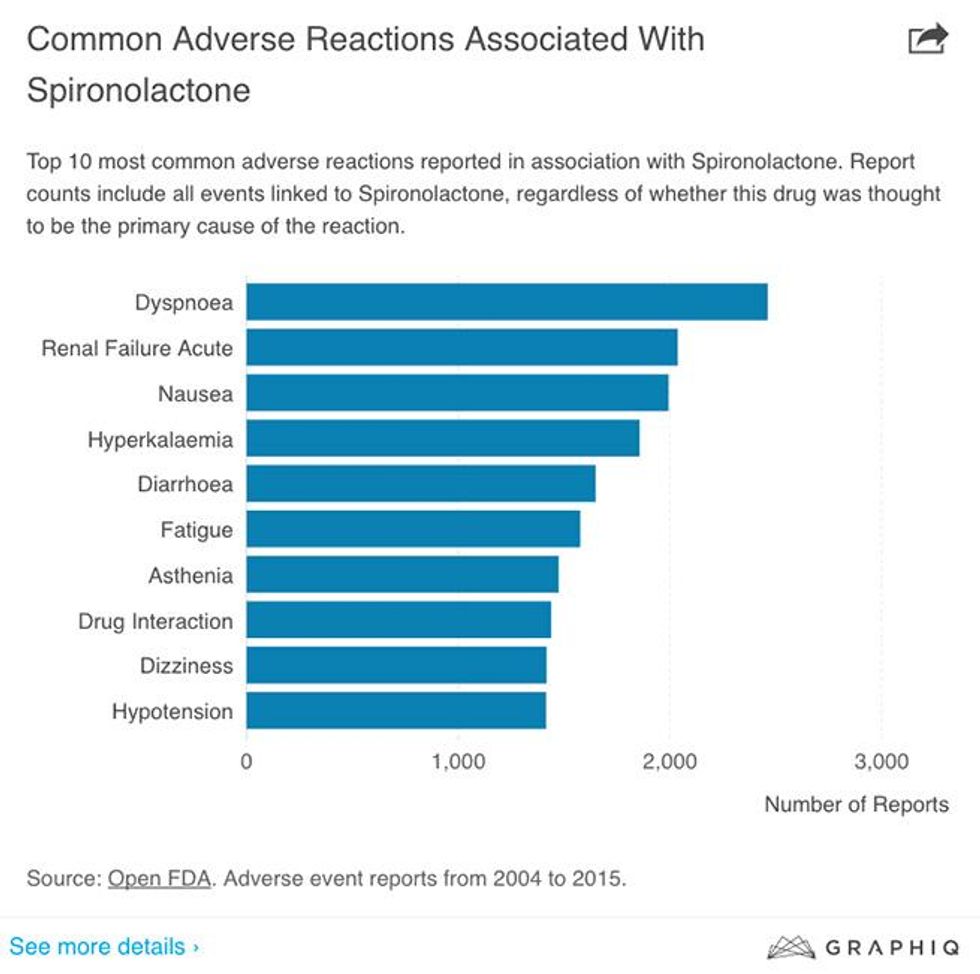
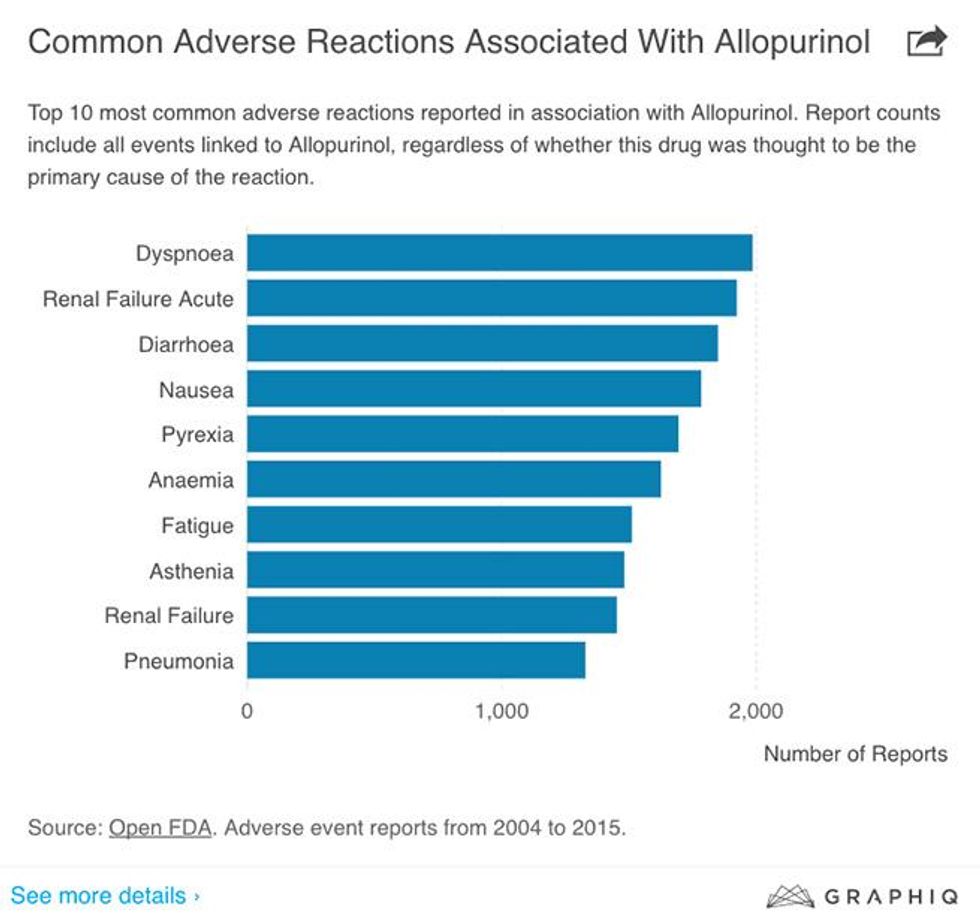
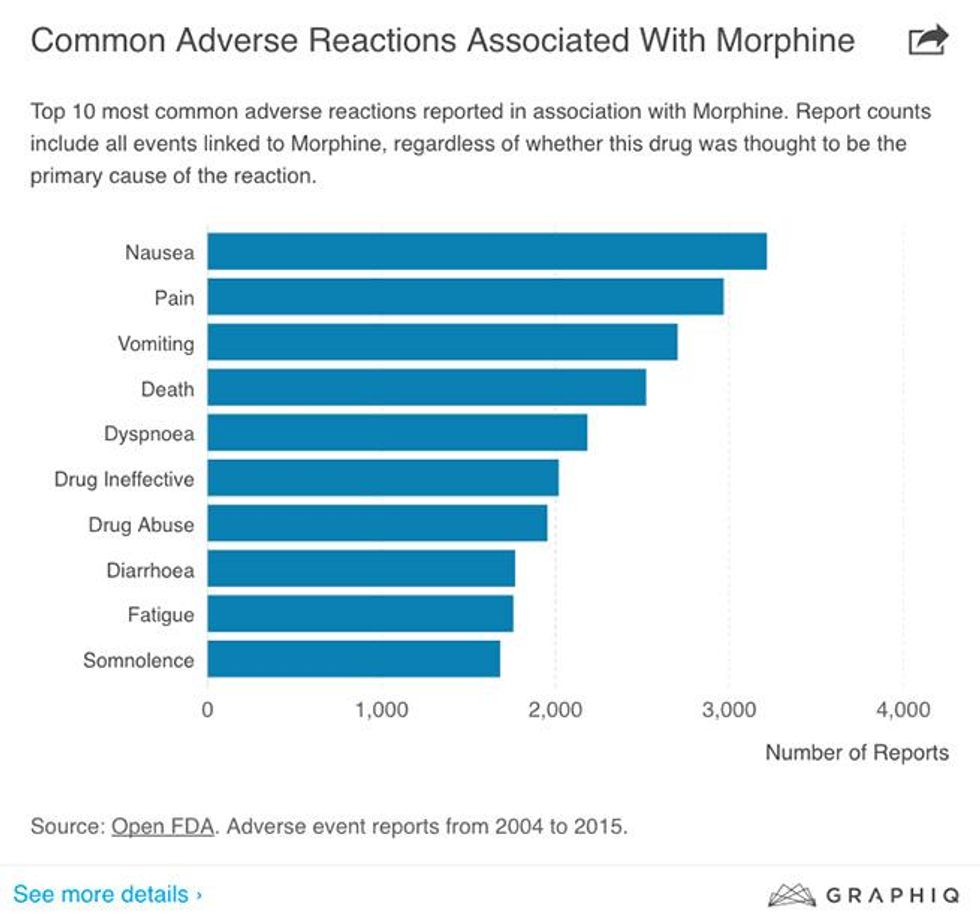
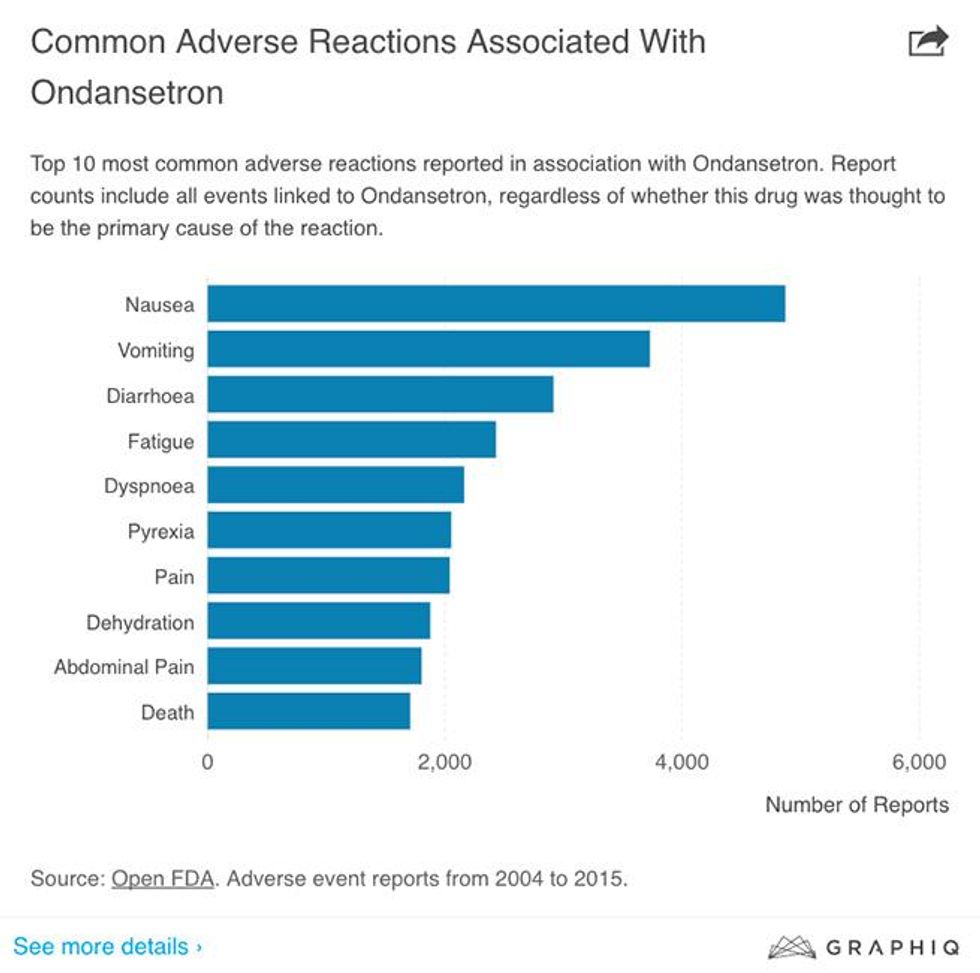
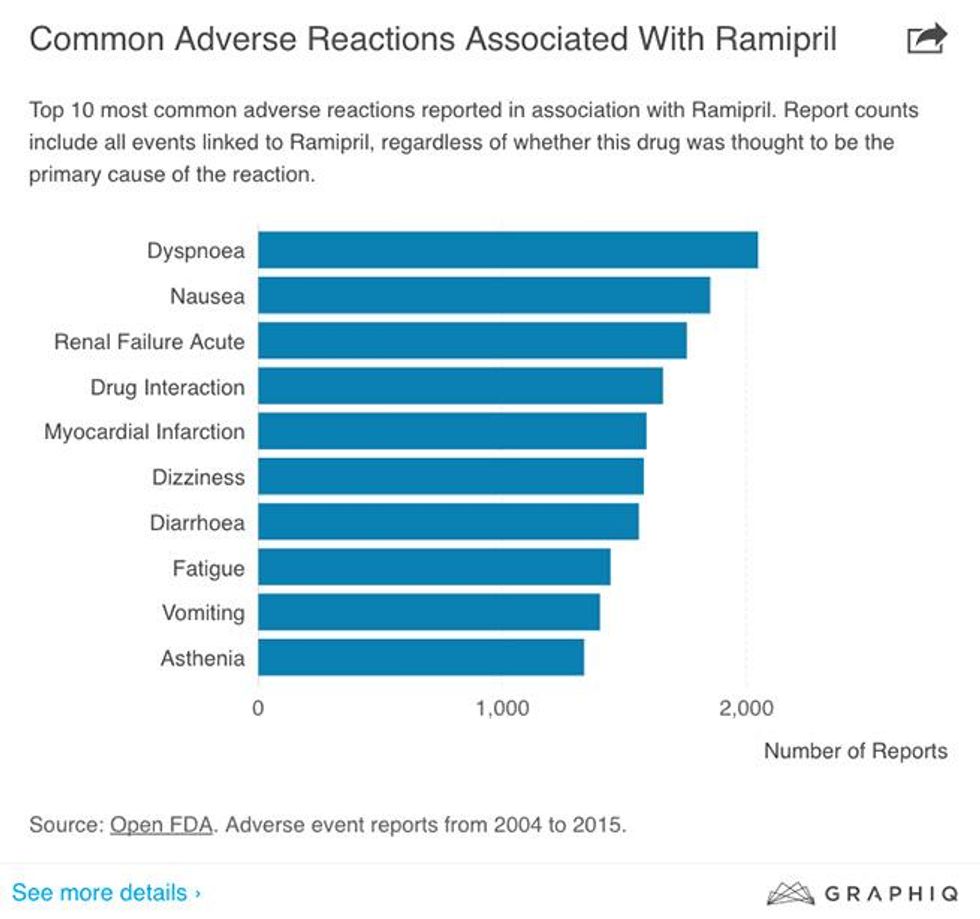
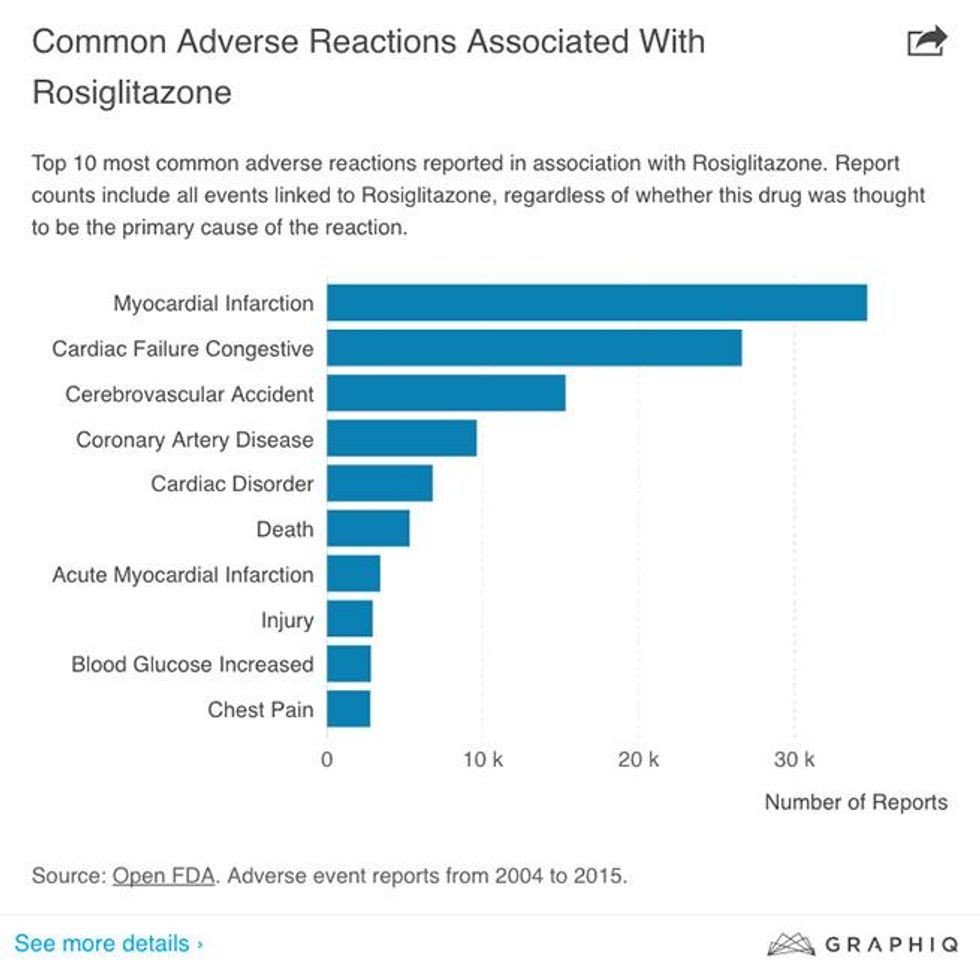
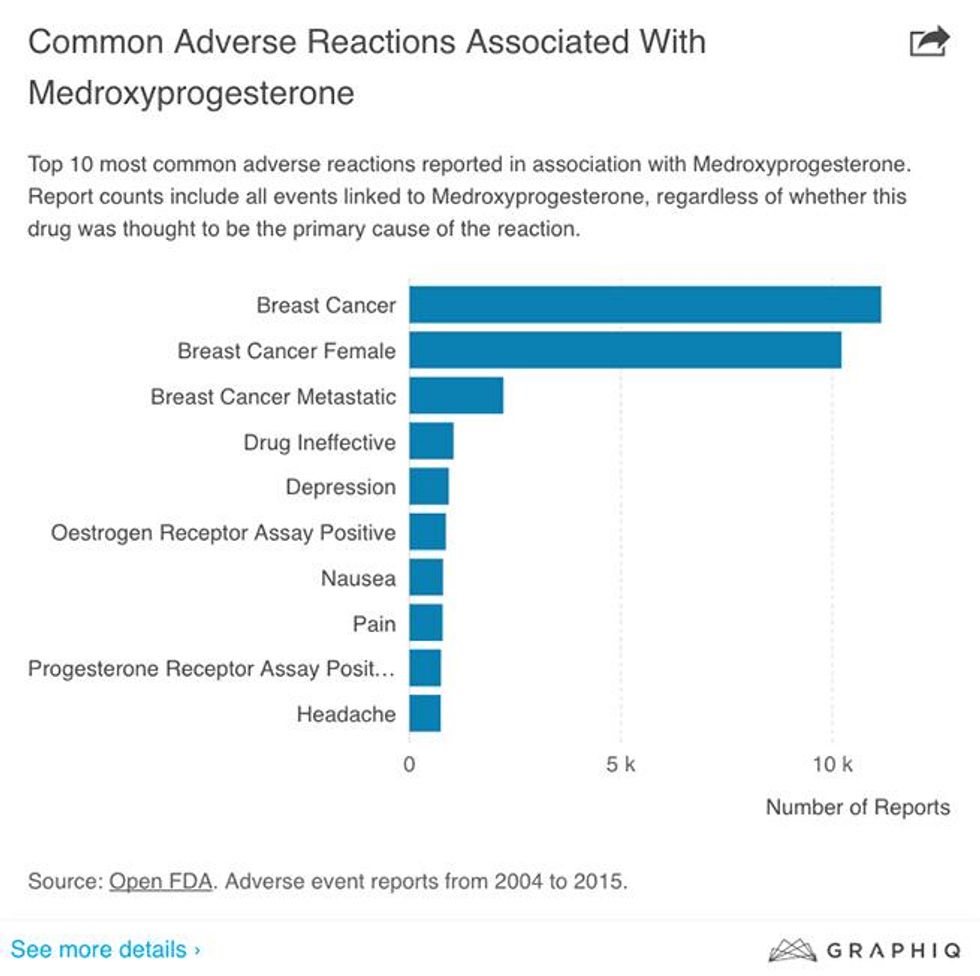
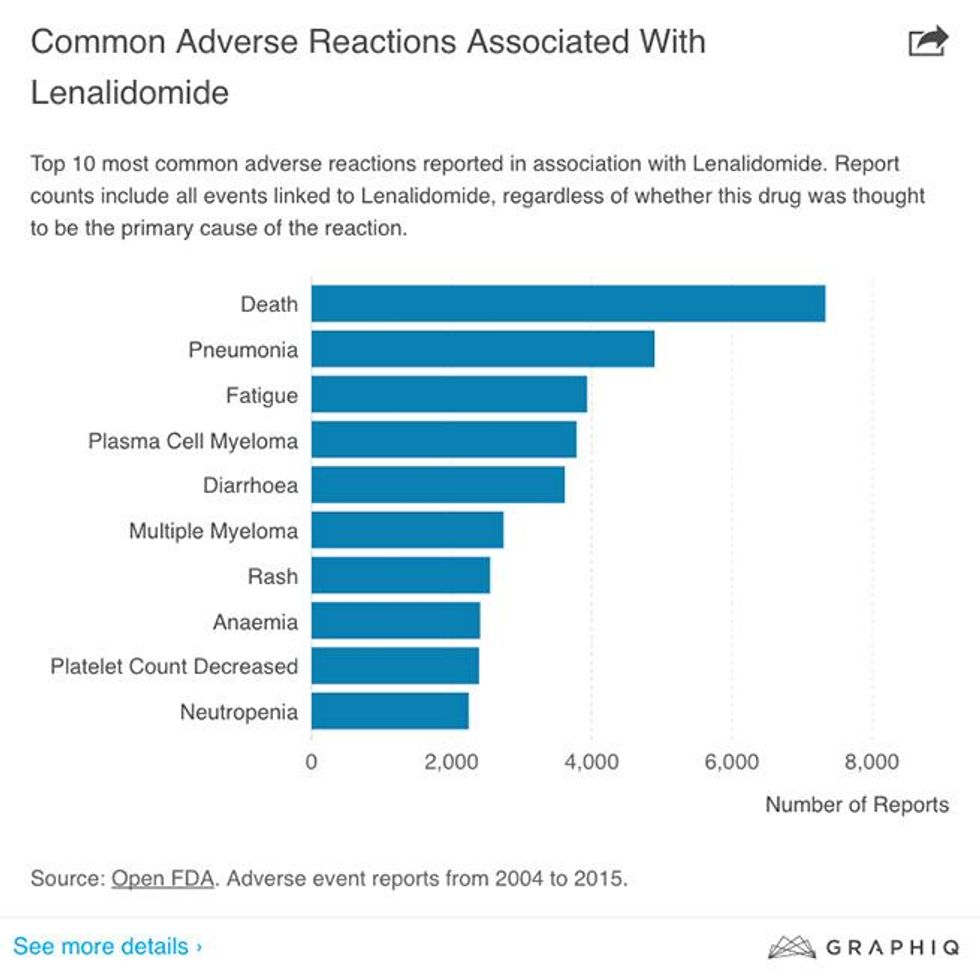
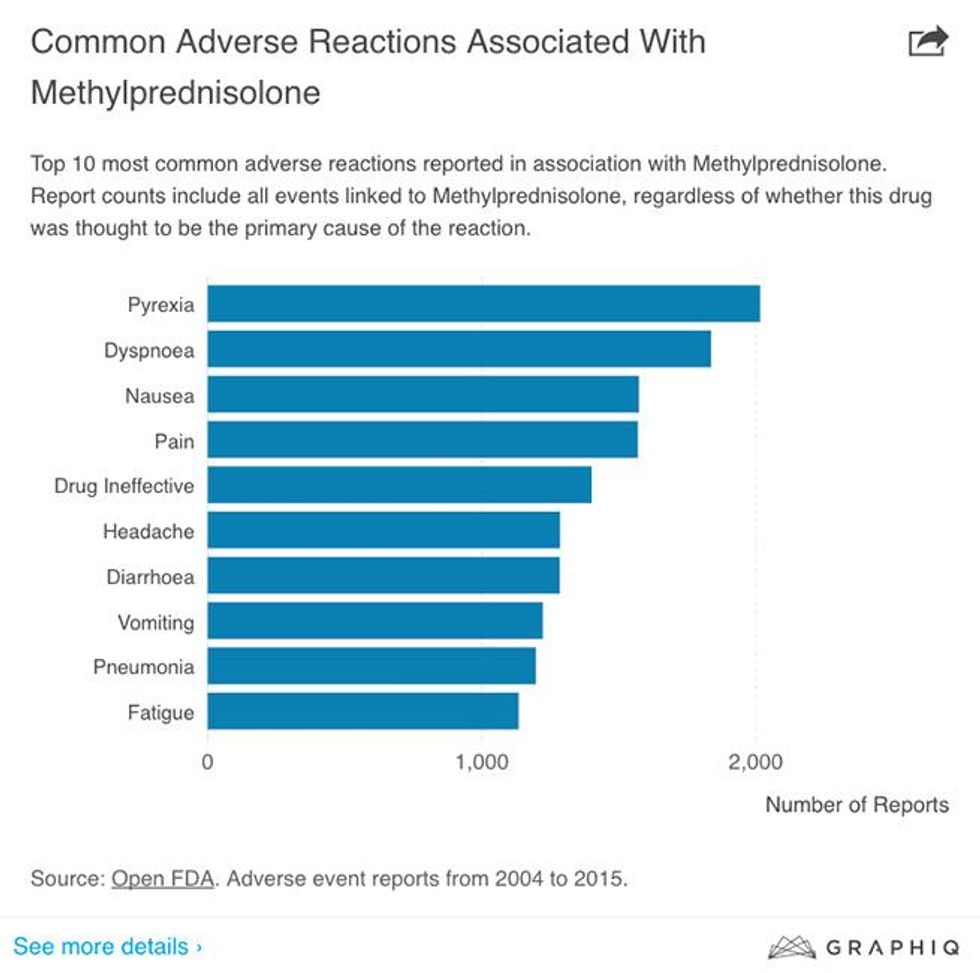
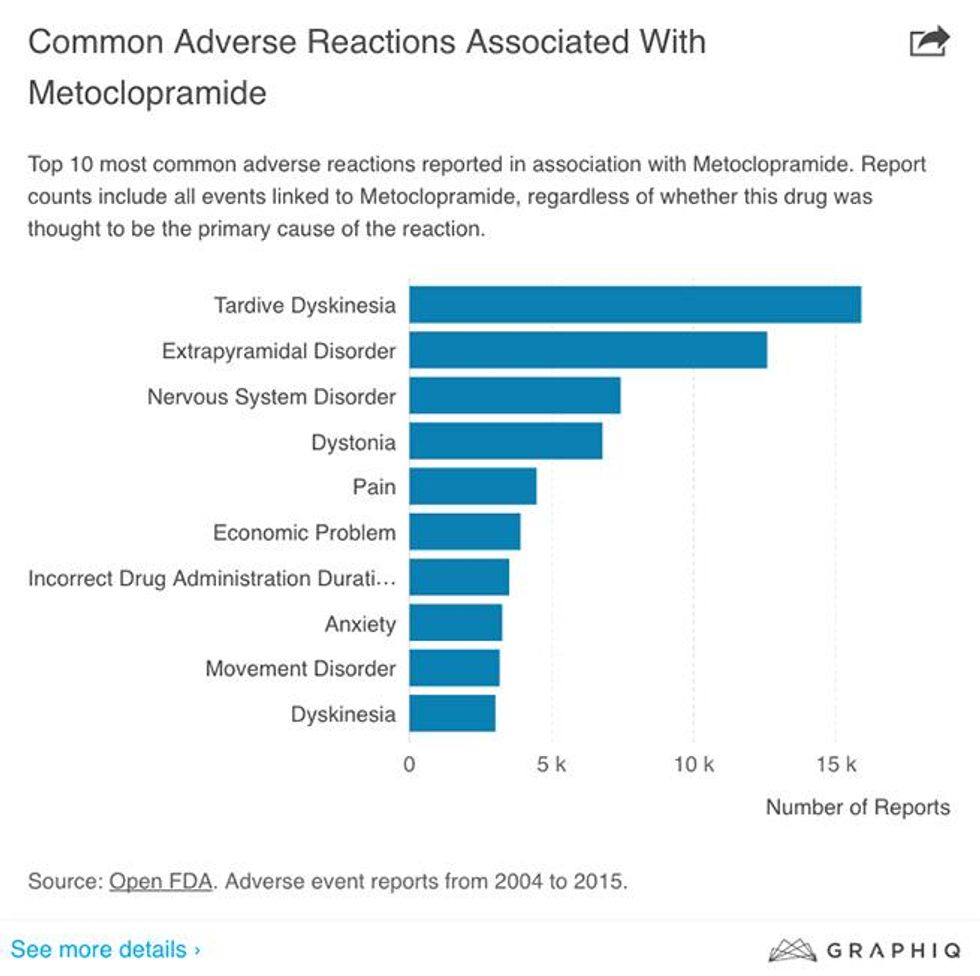
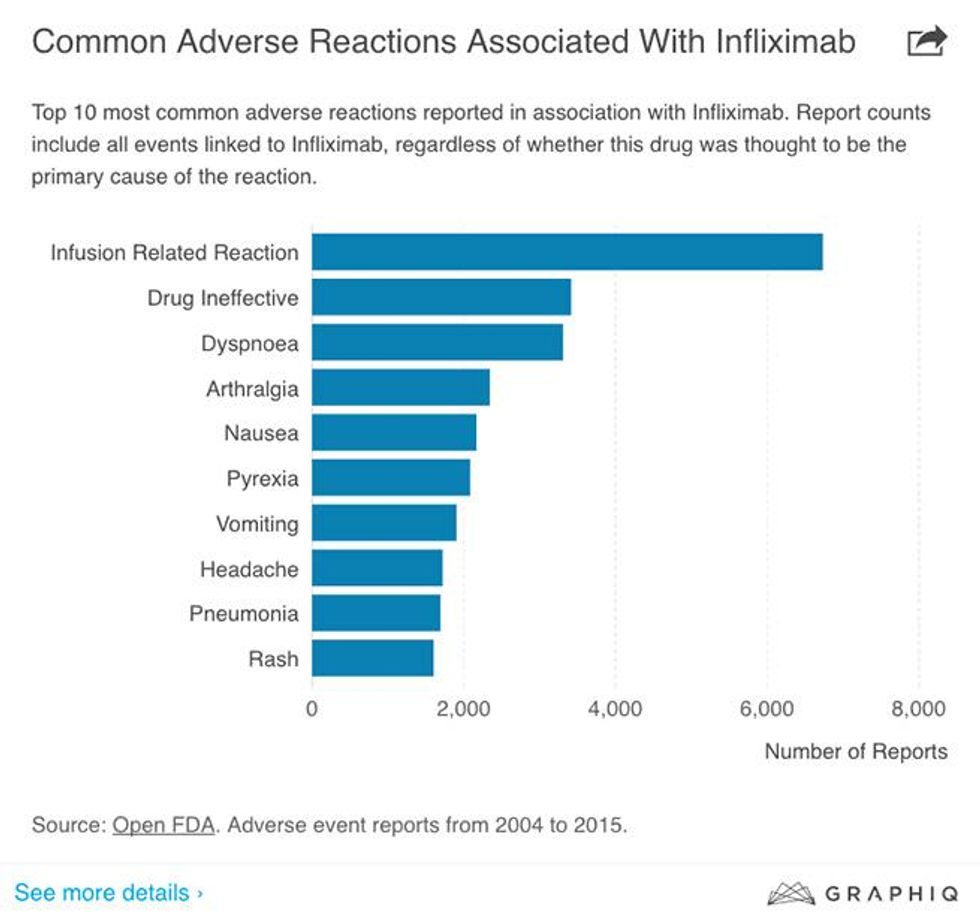
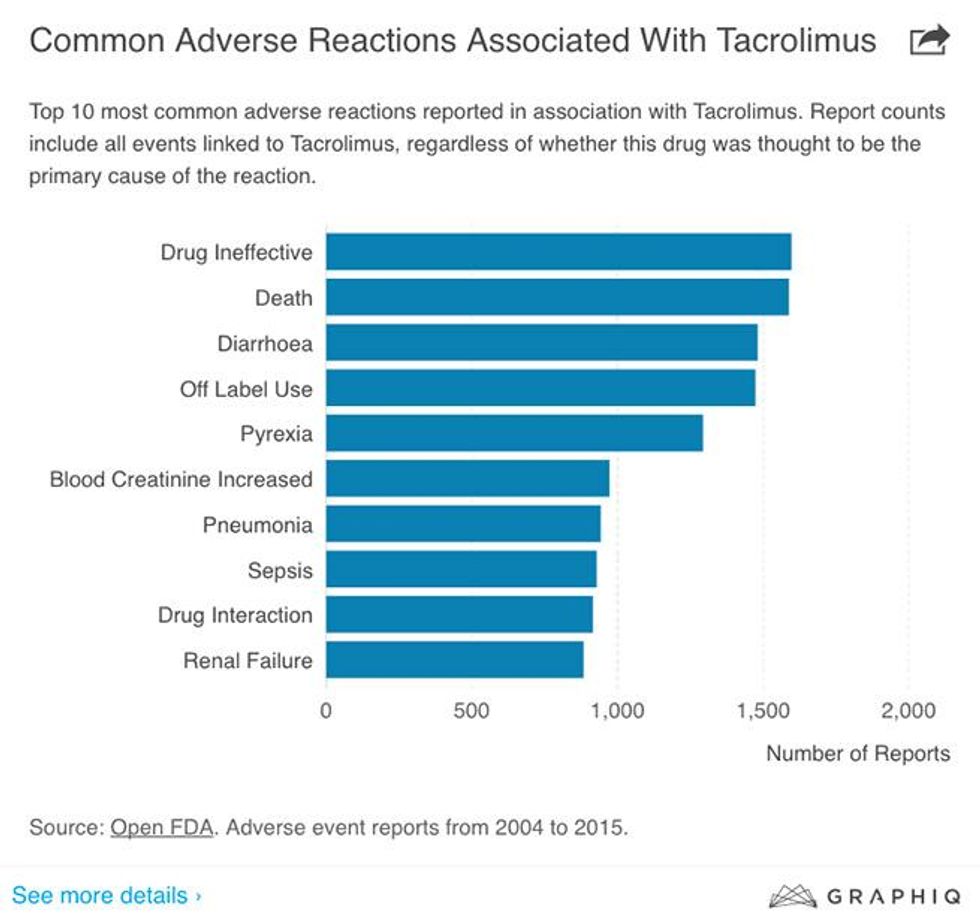
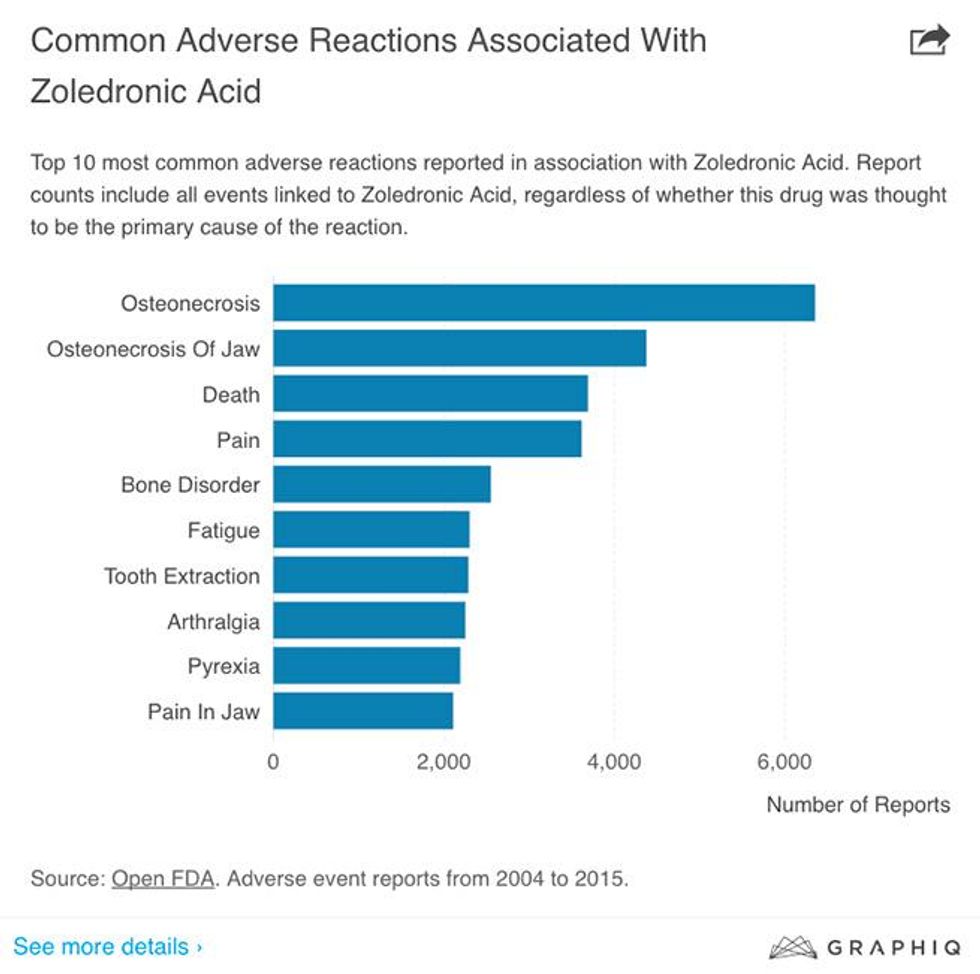
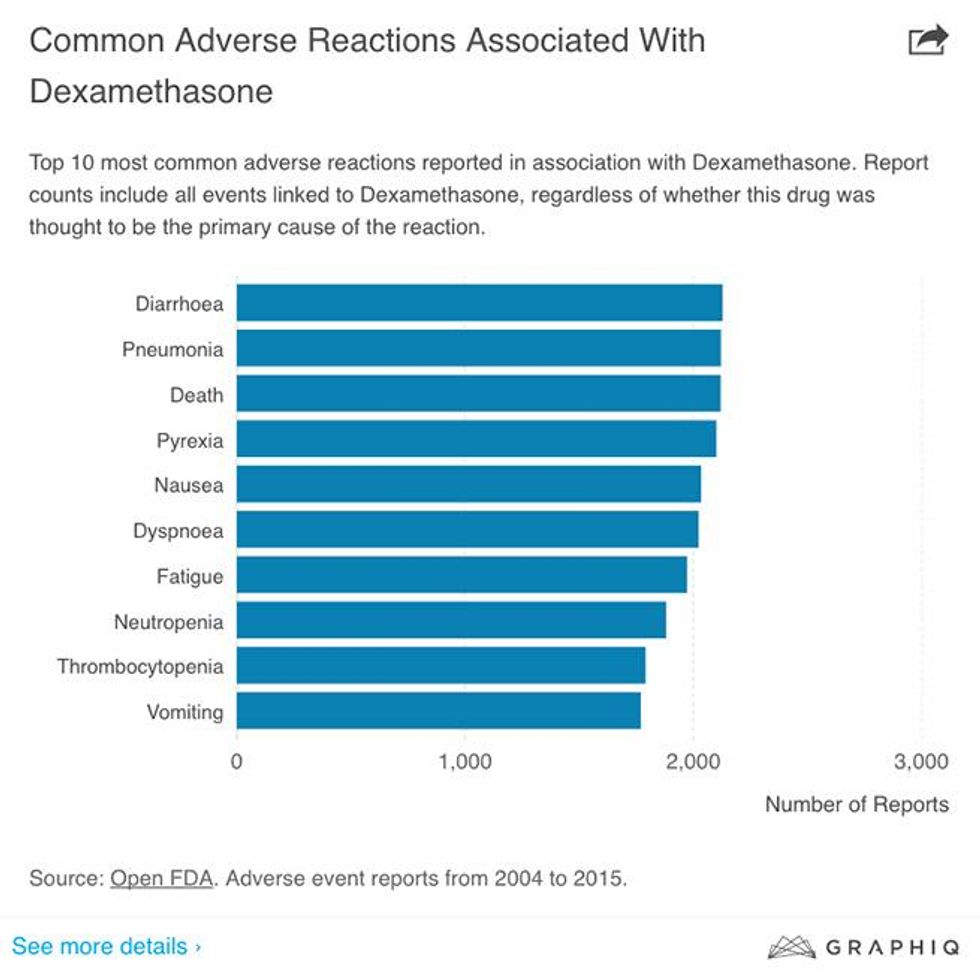
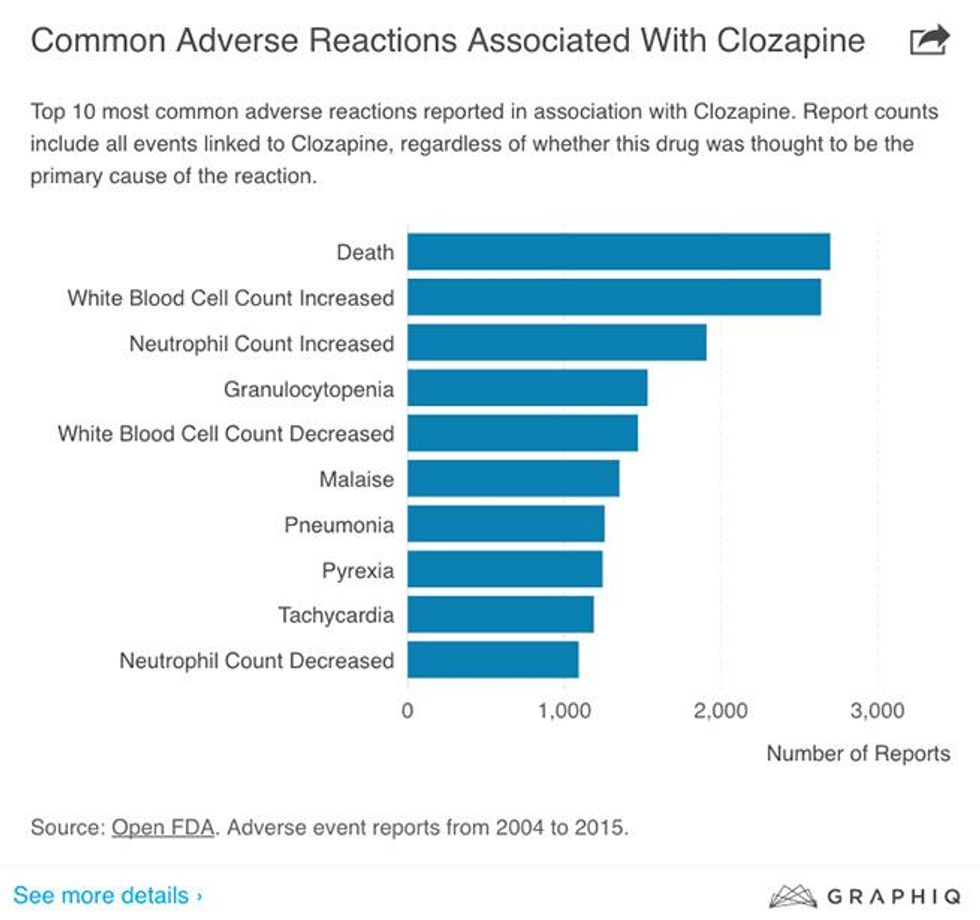
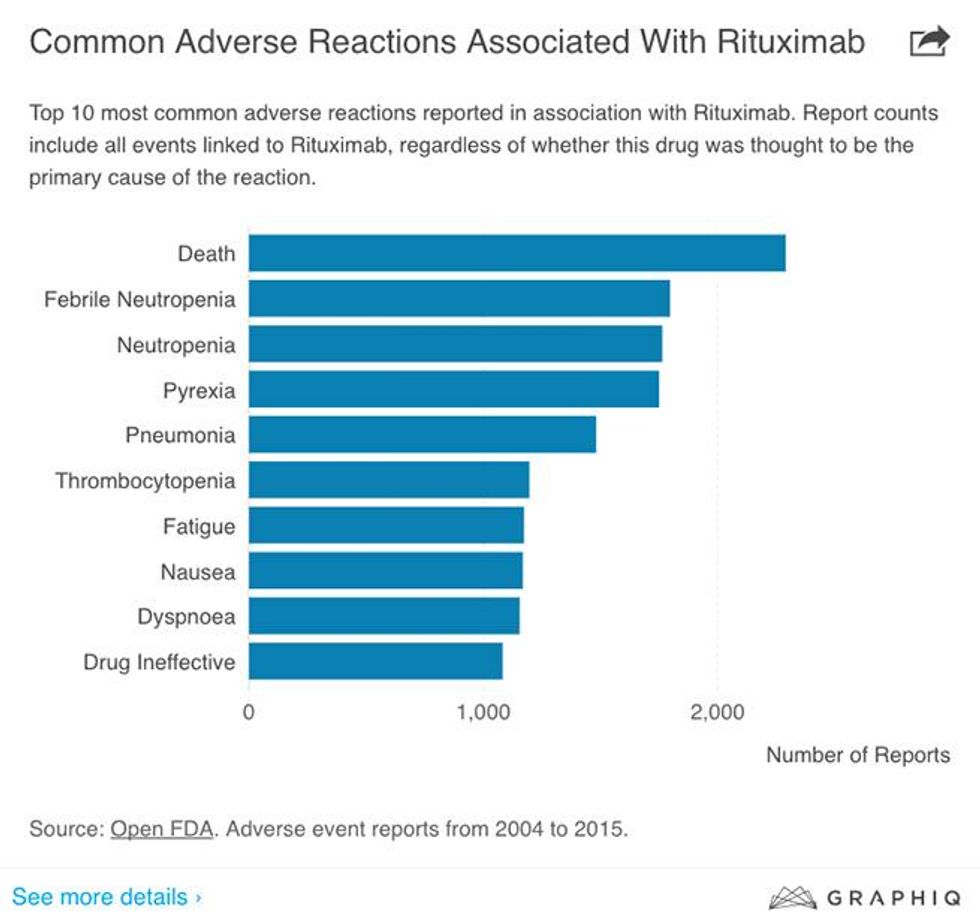
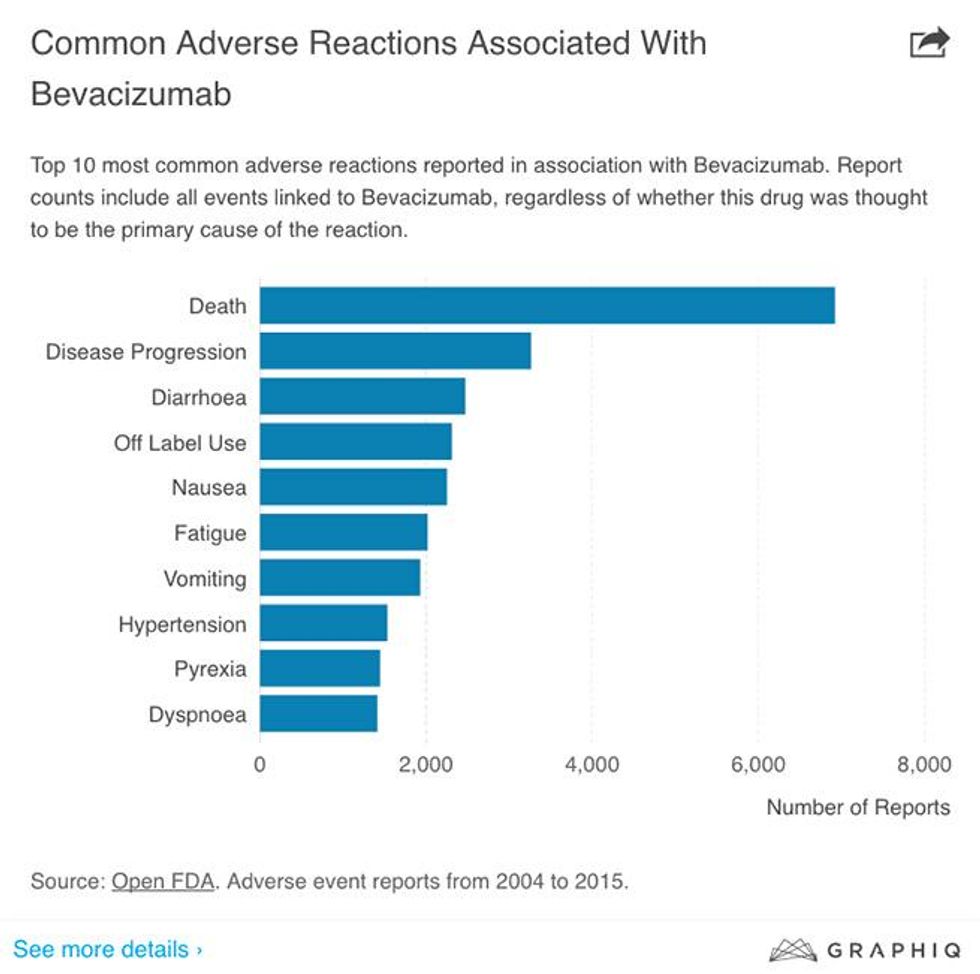
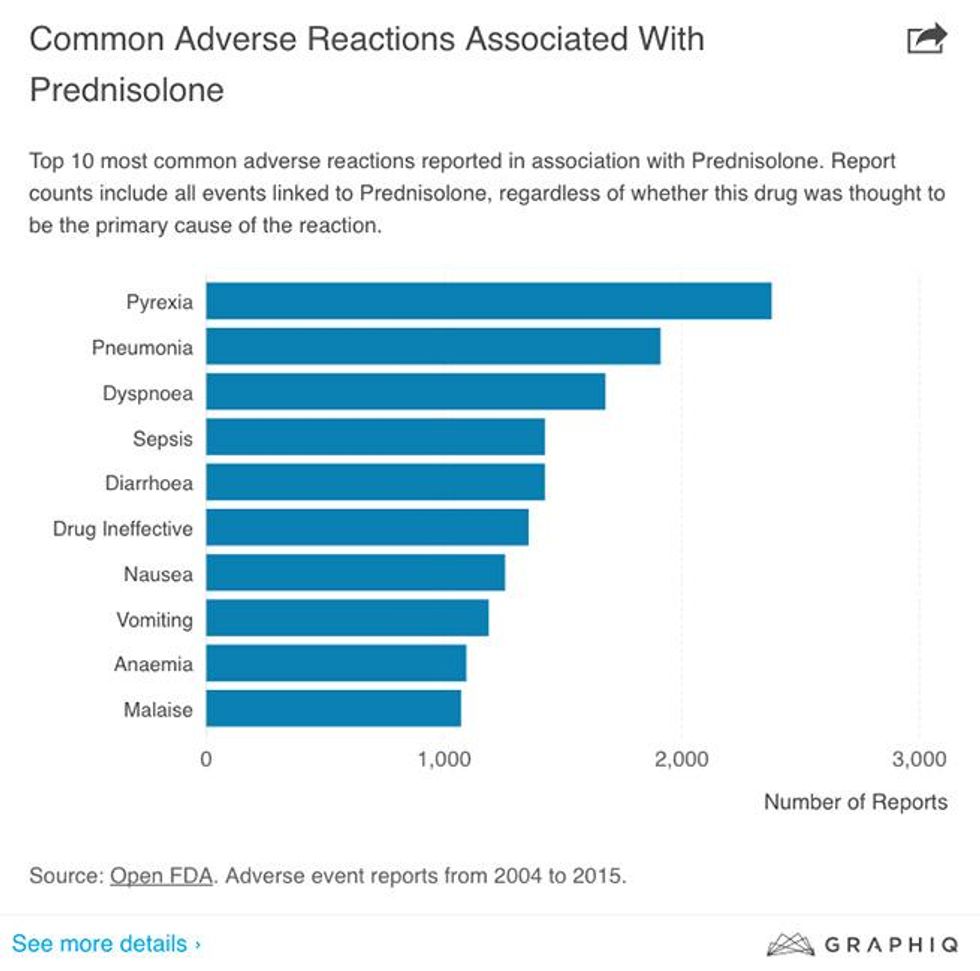
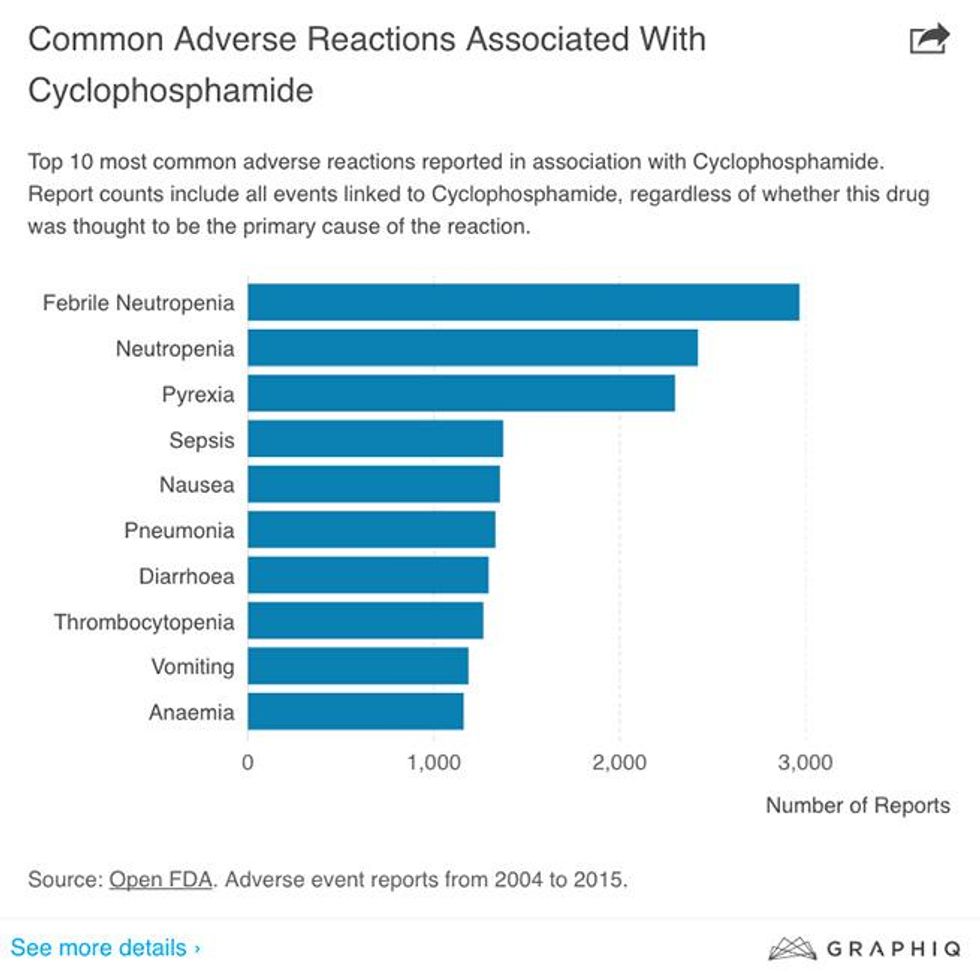

 Replay Gallery
Replay Gallery 




